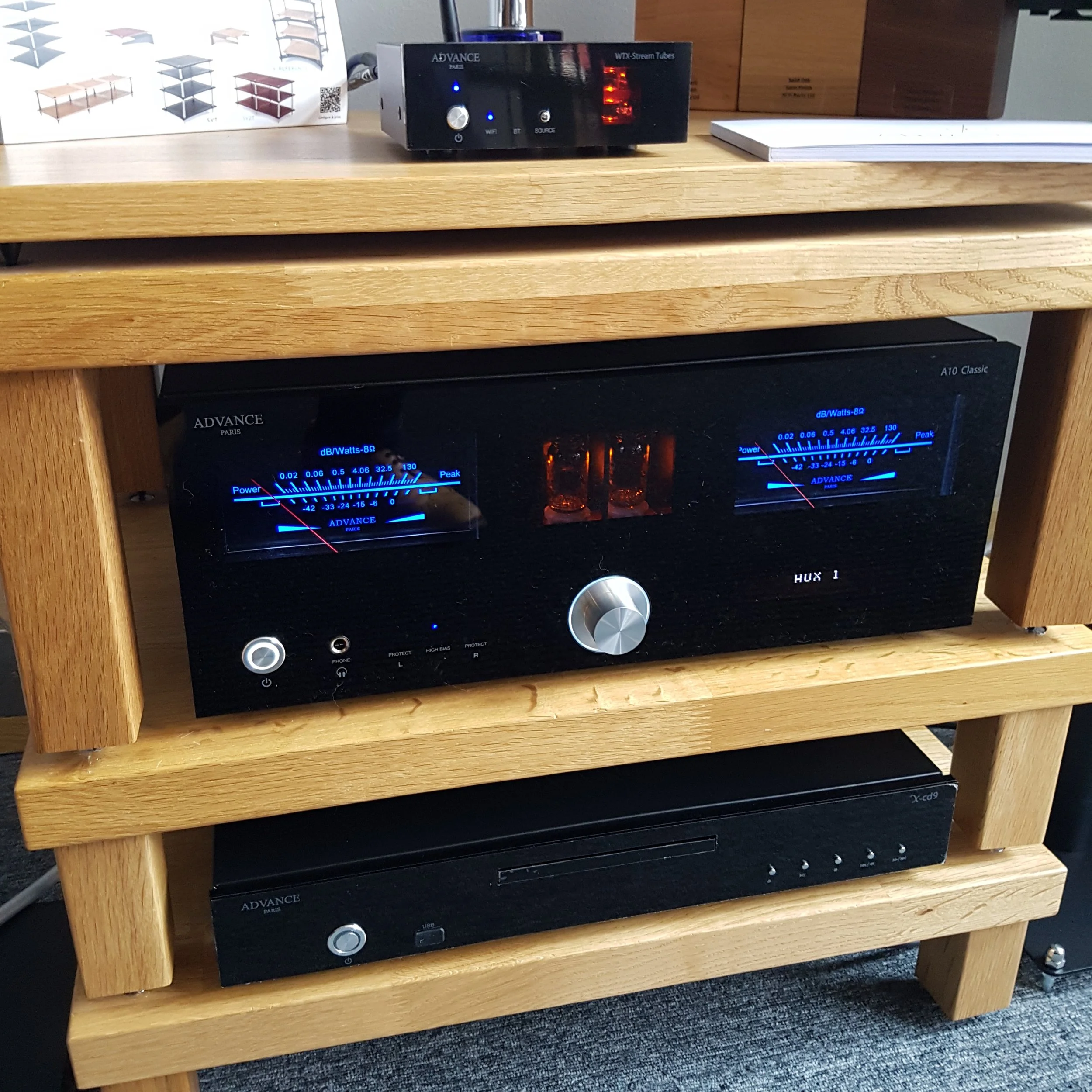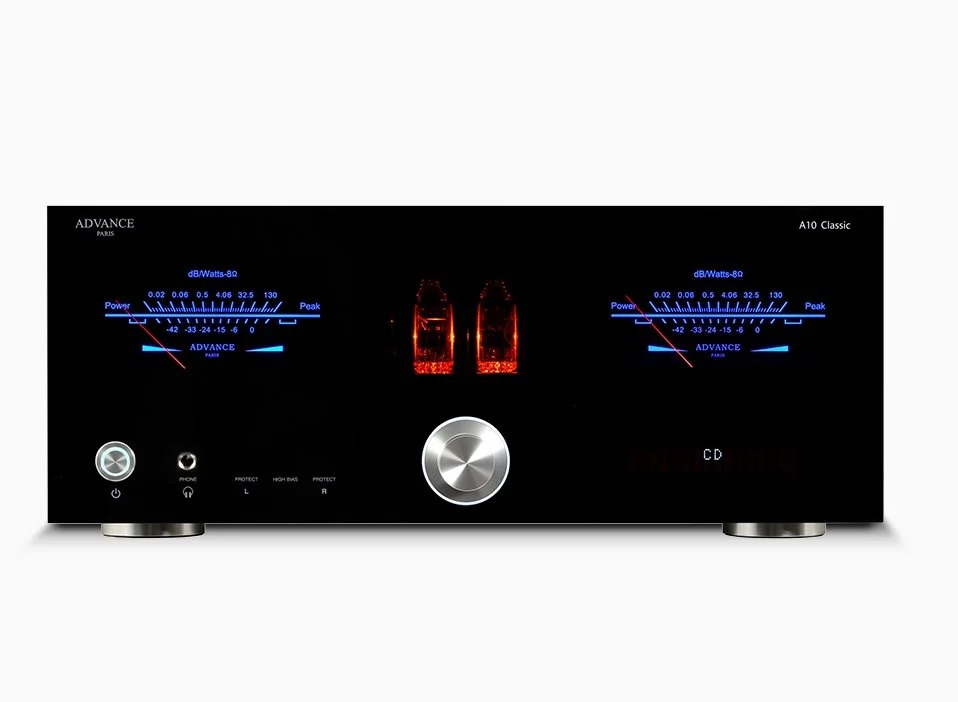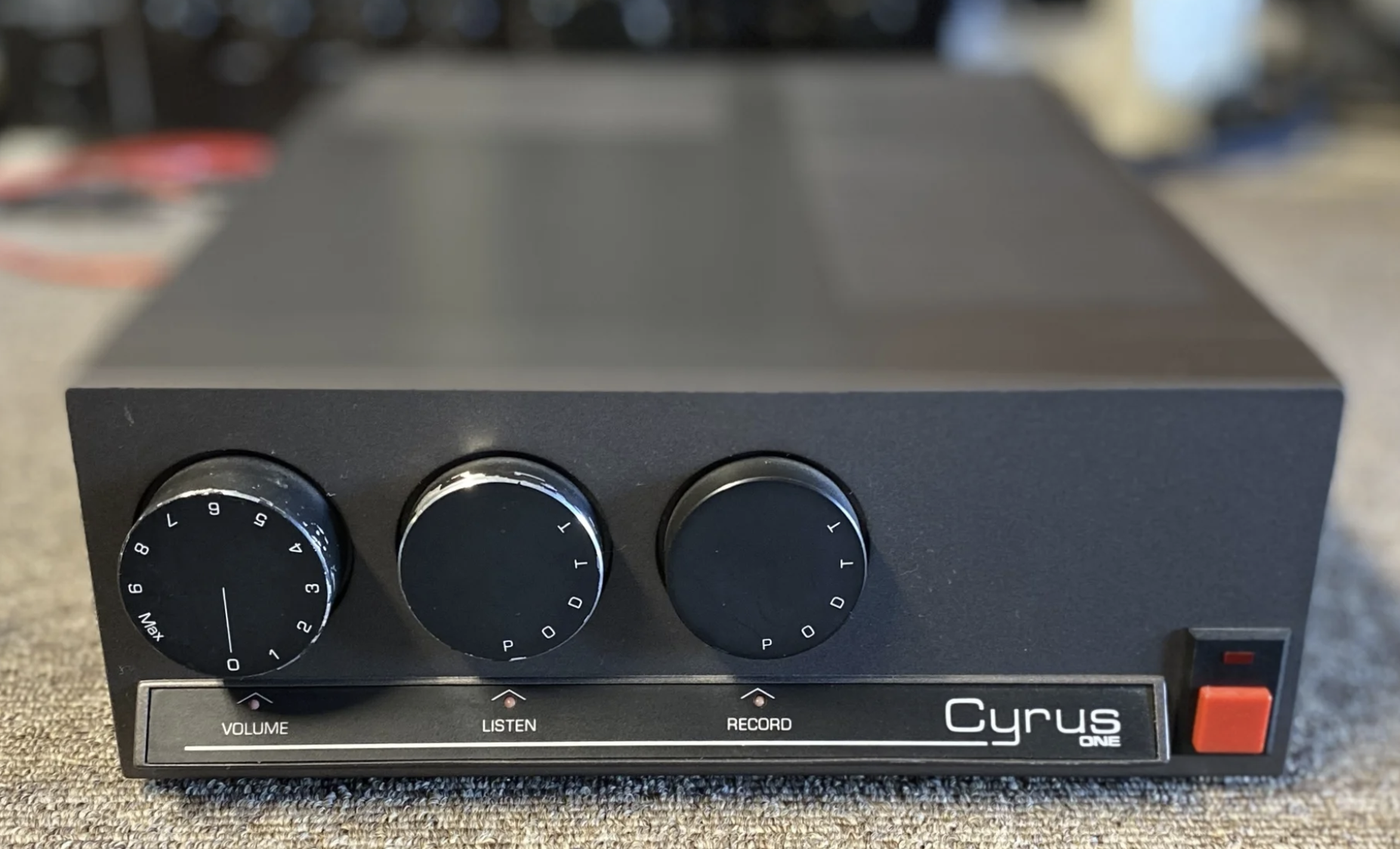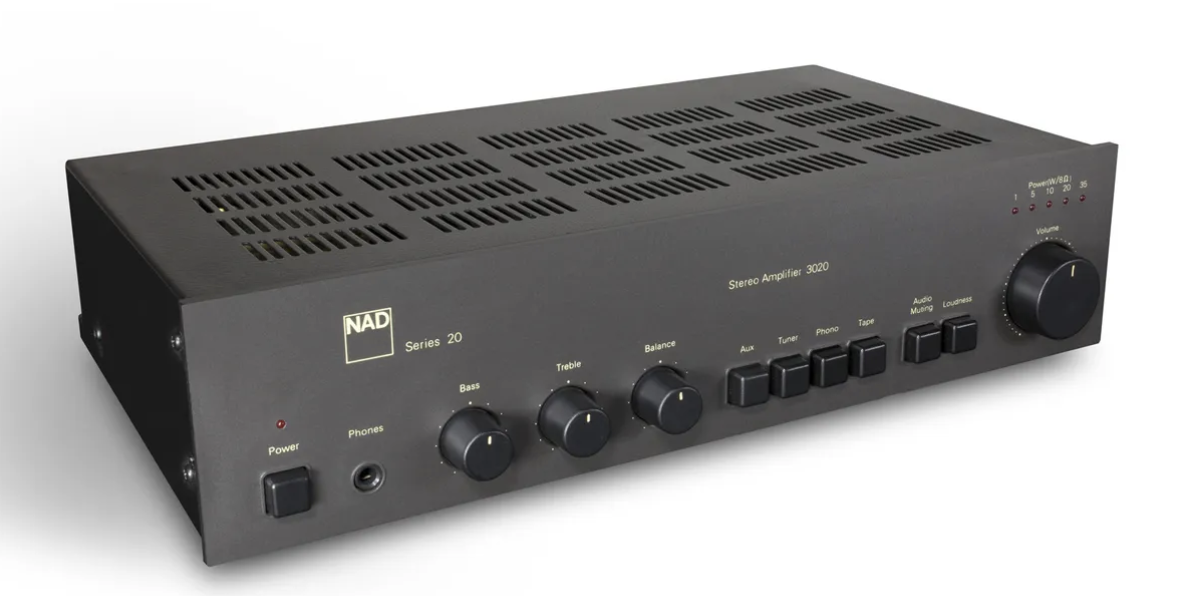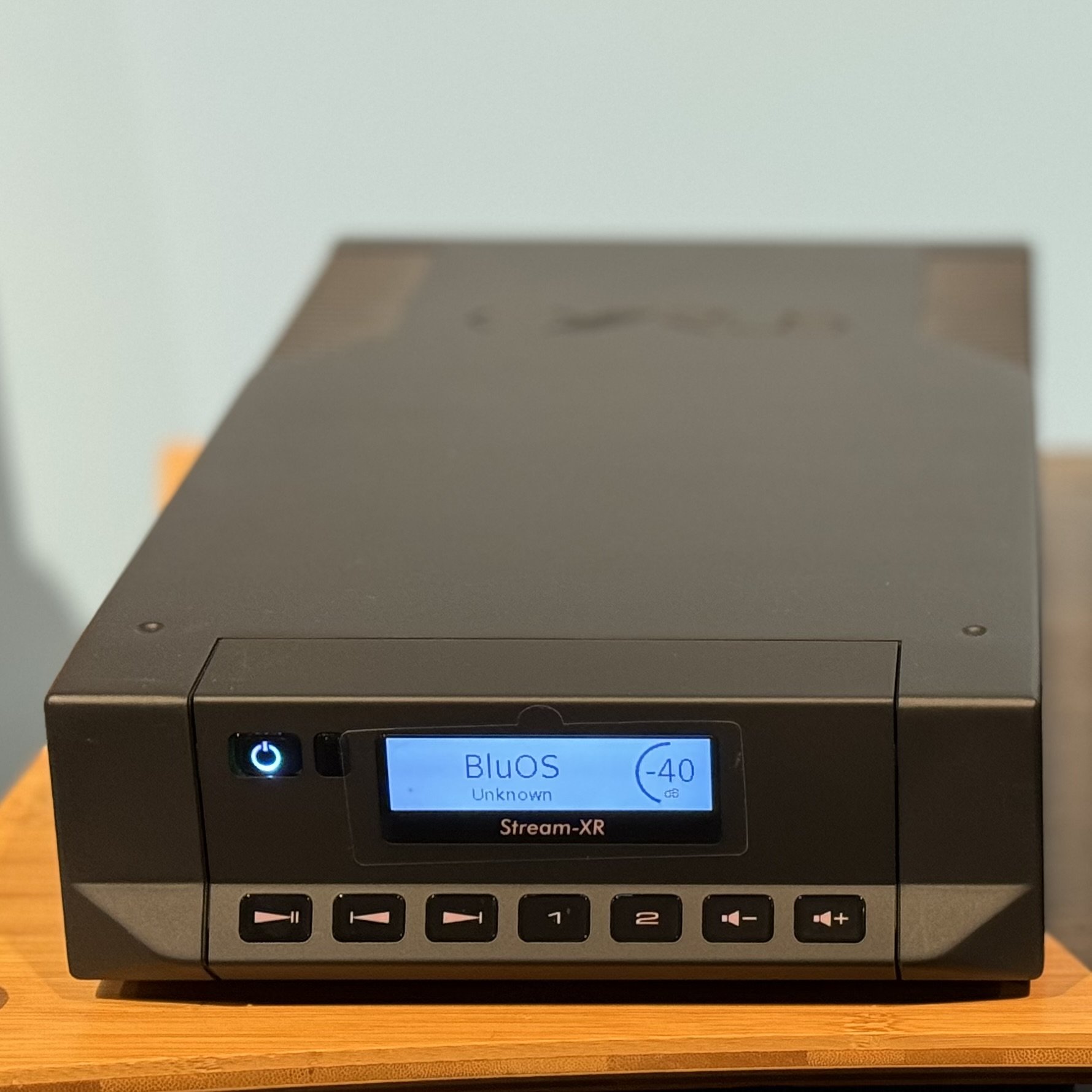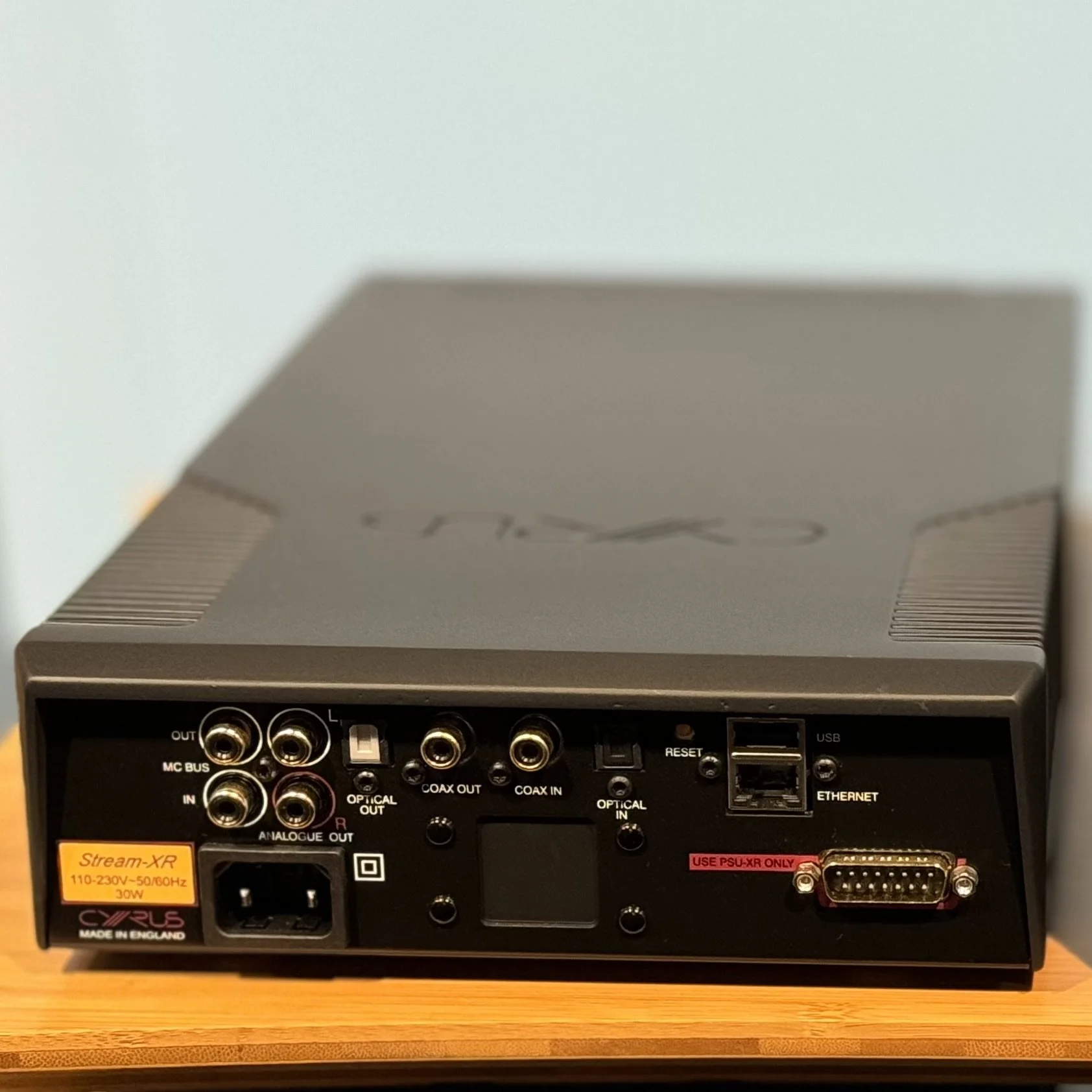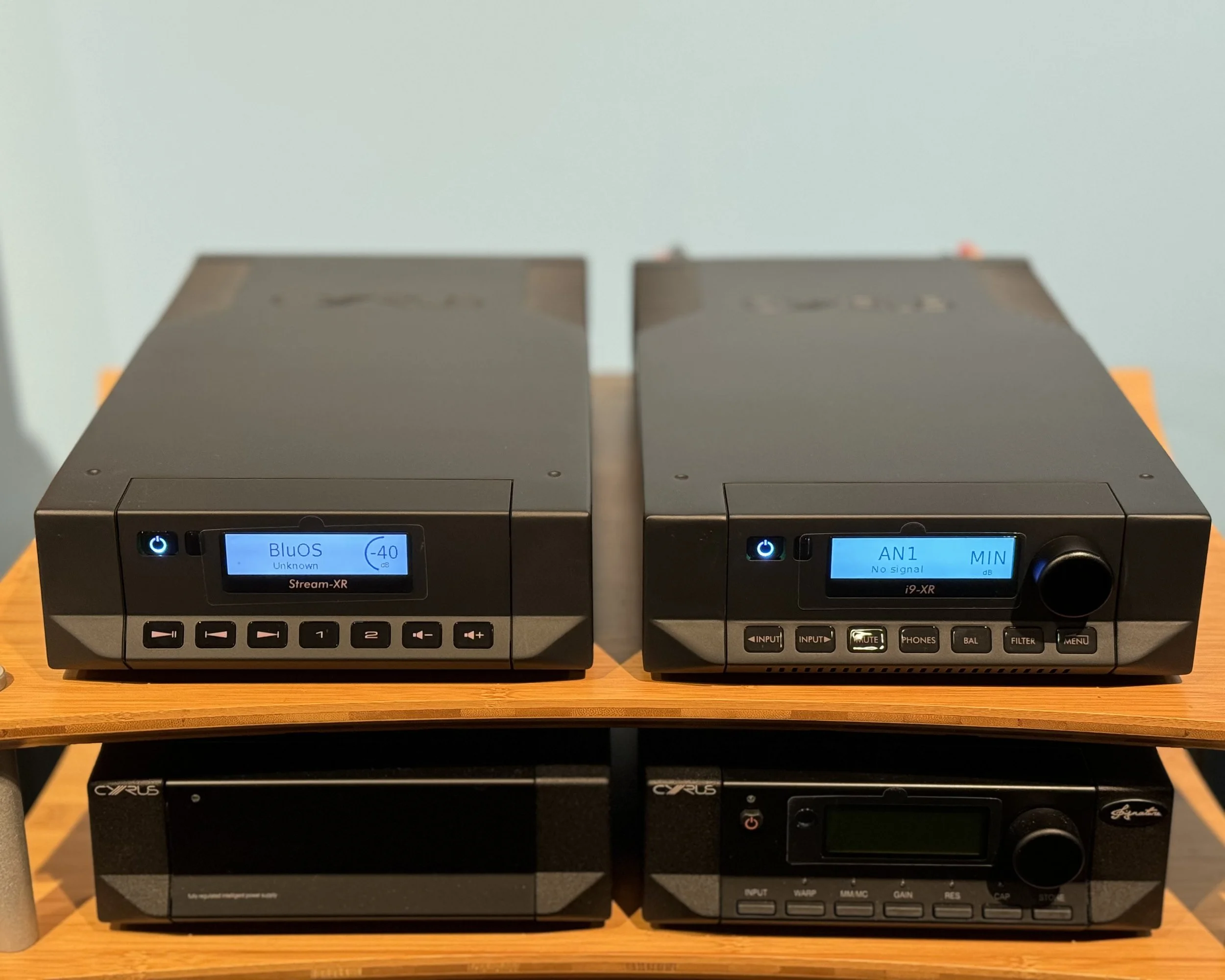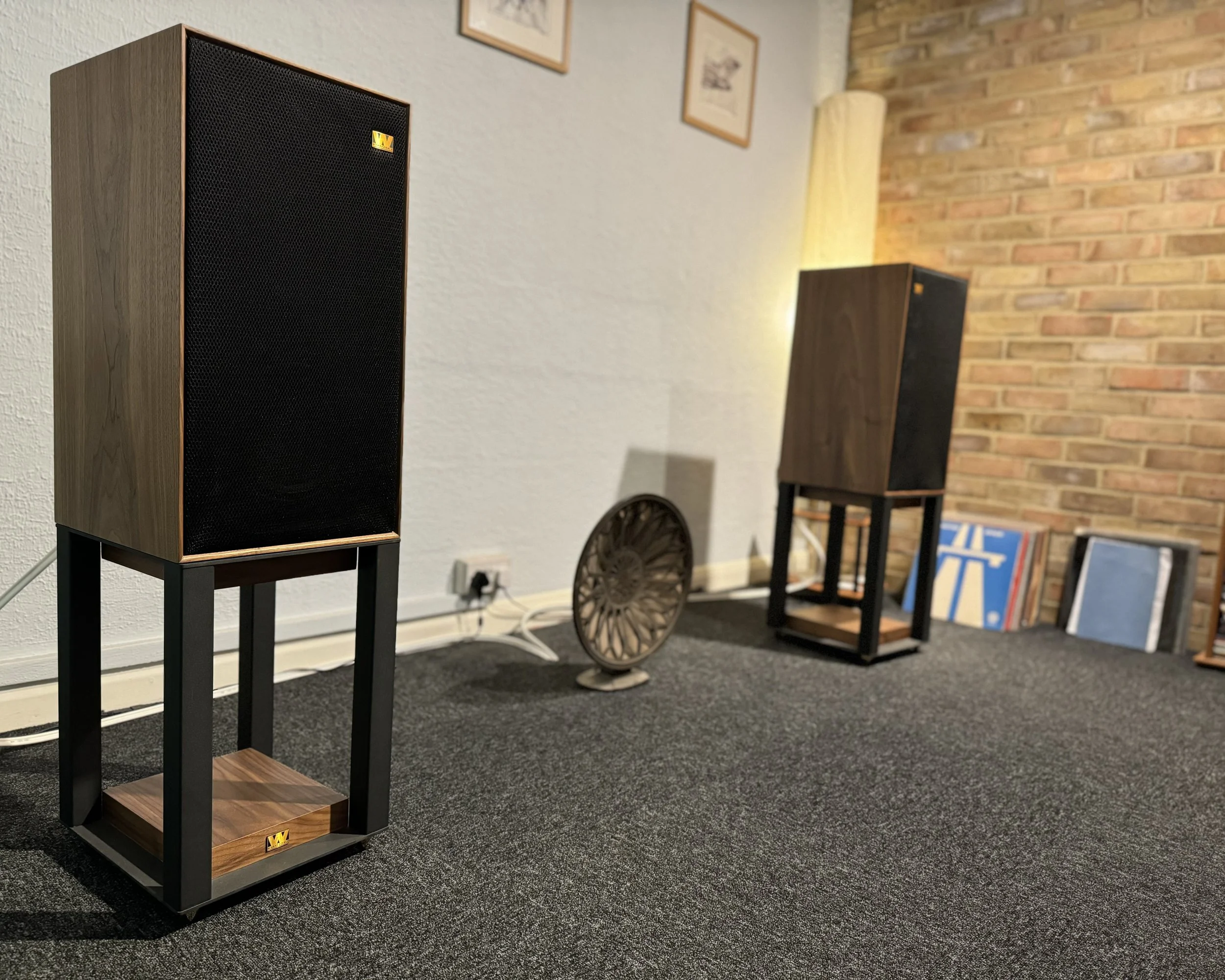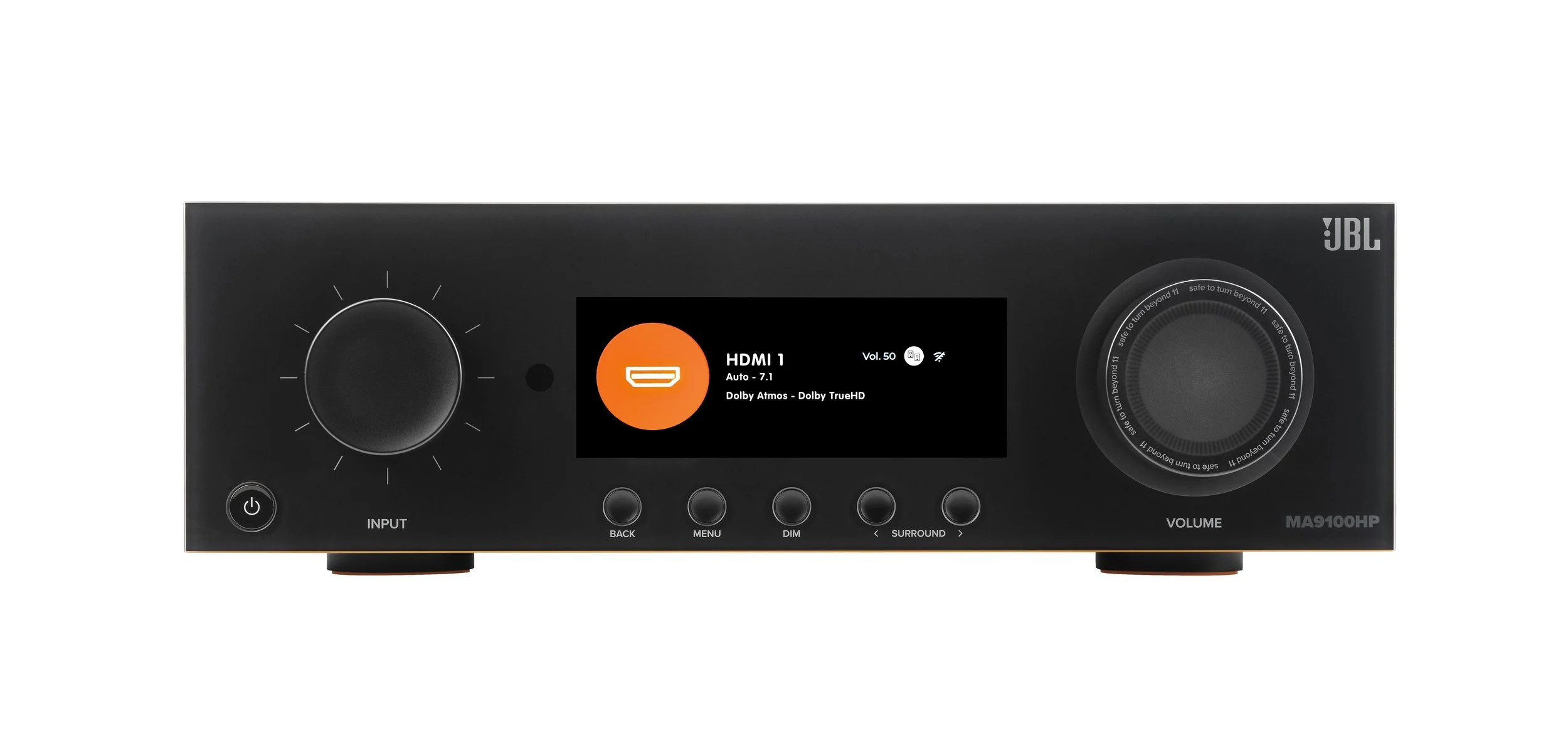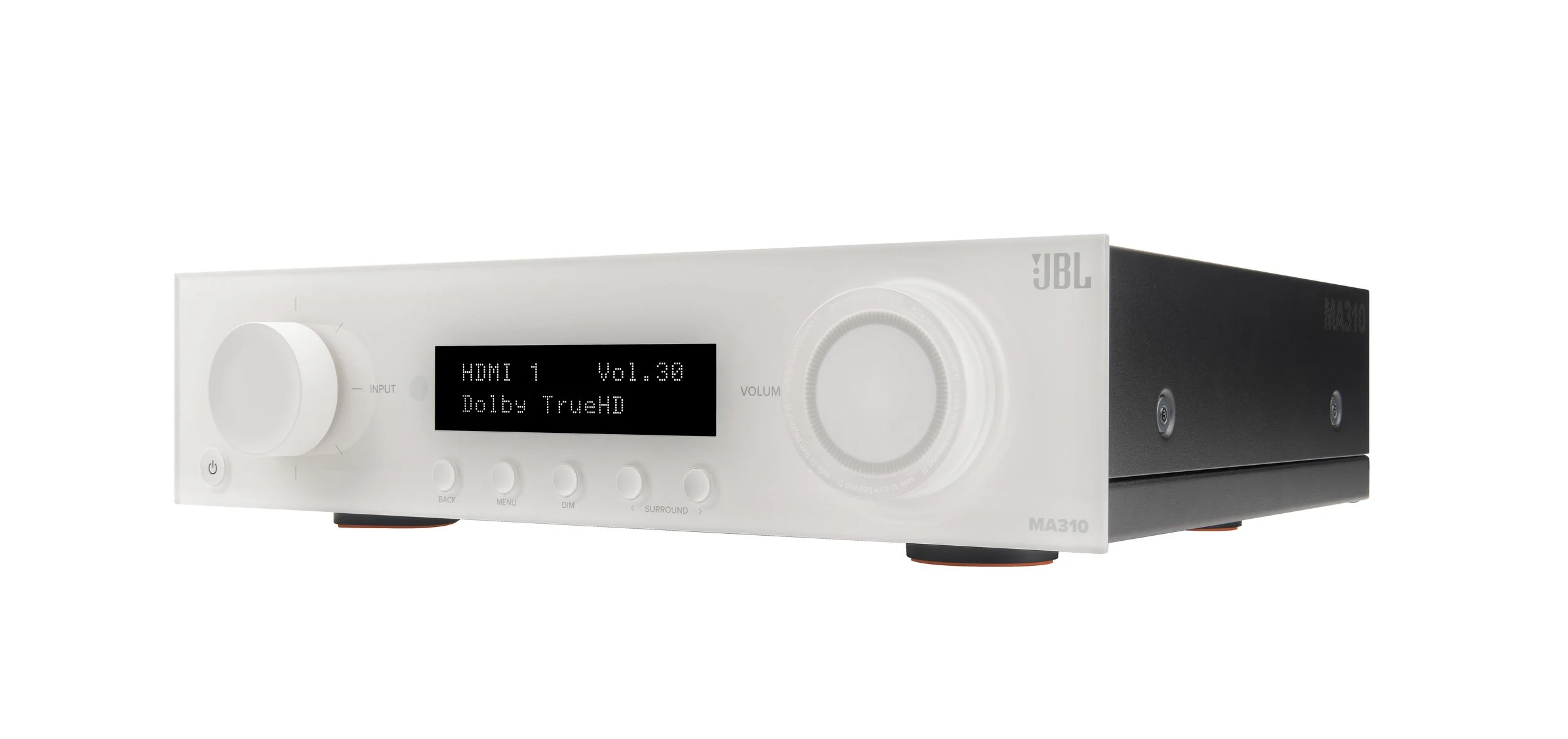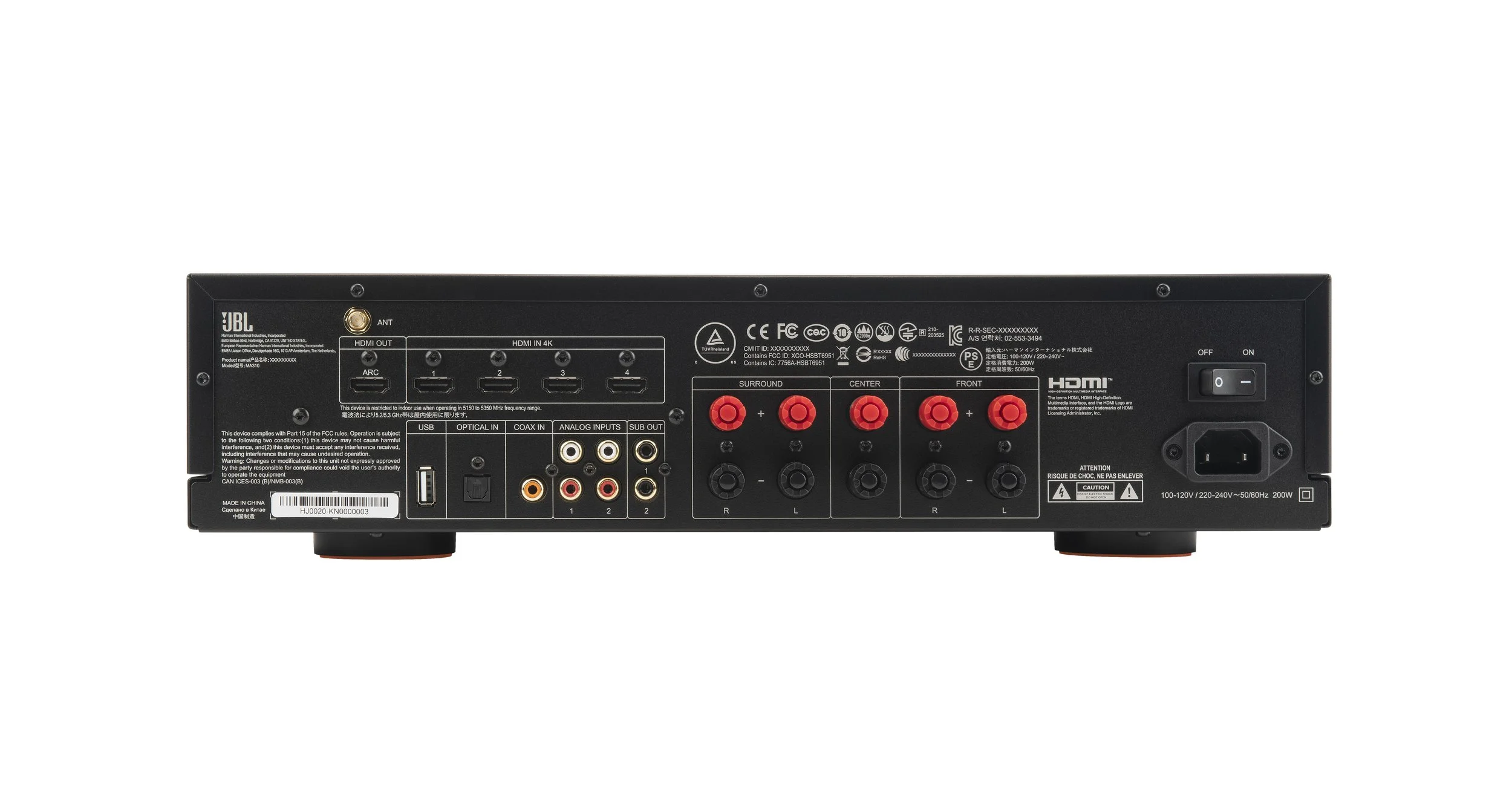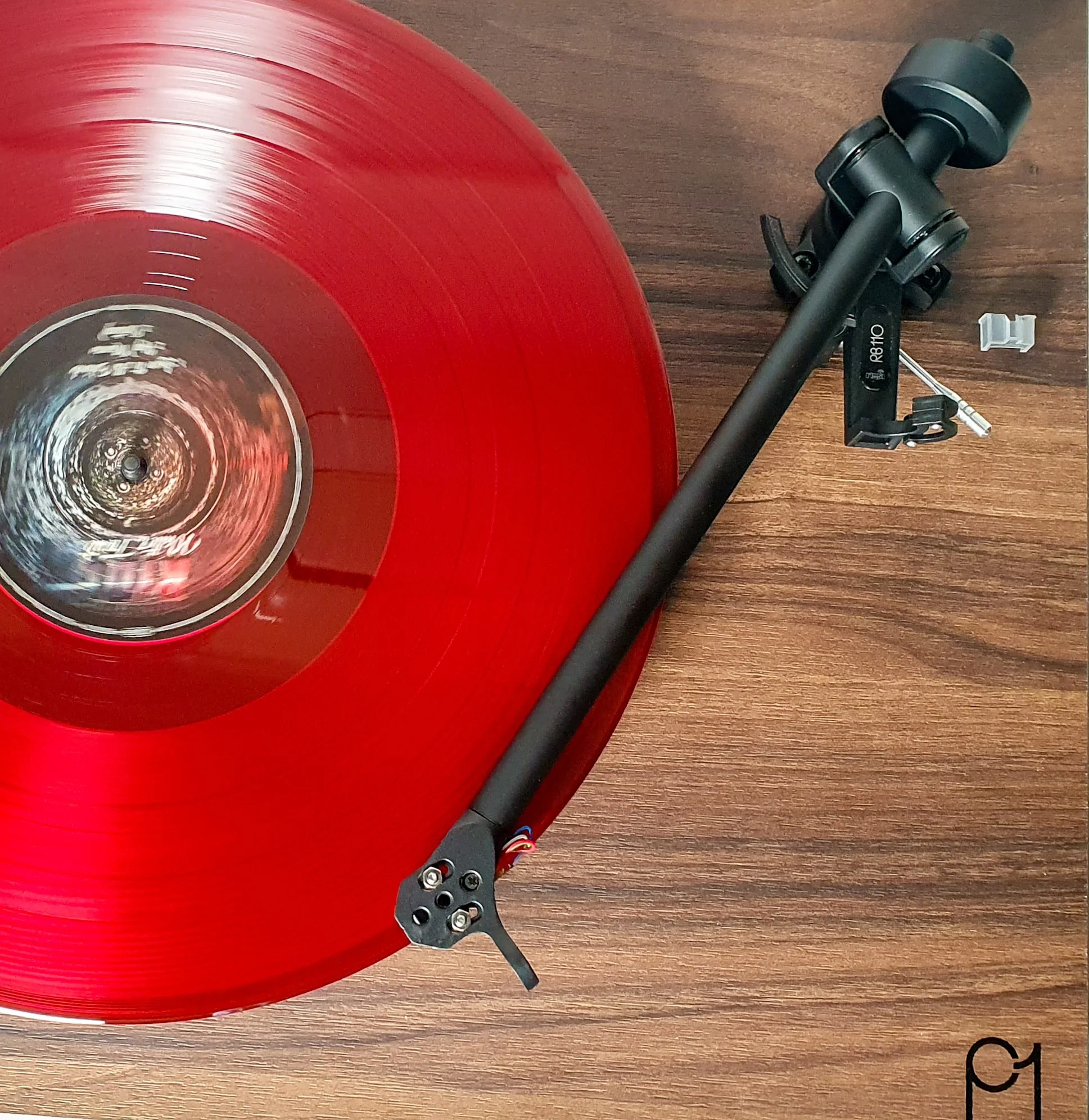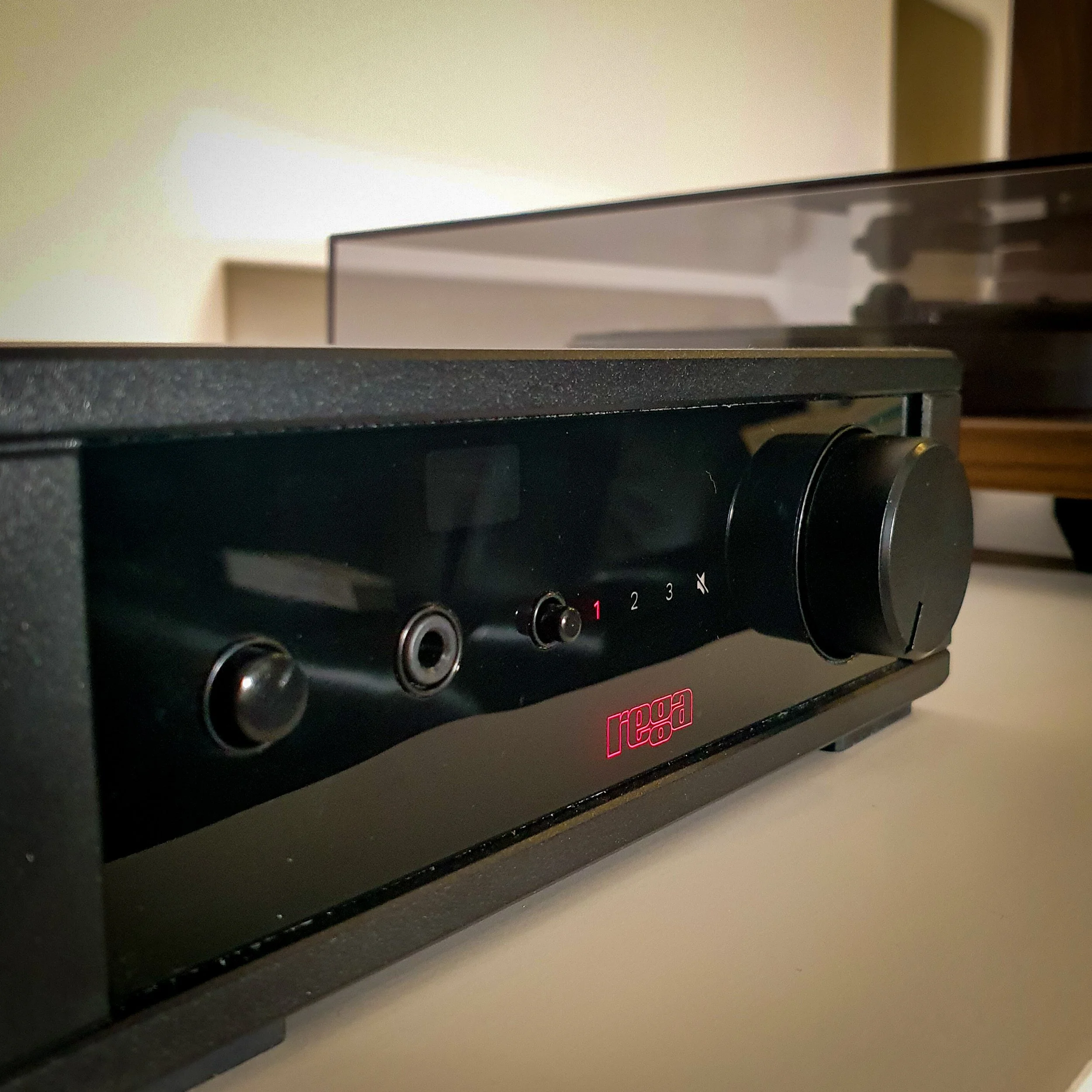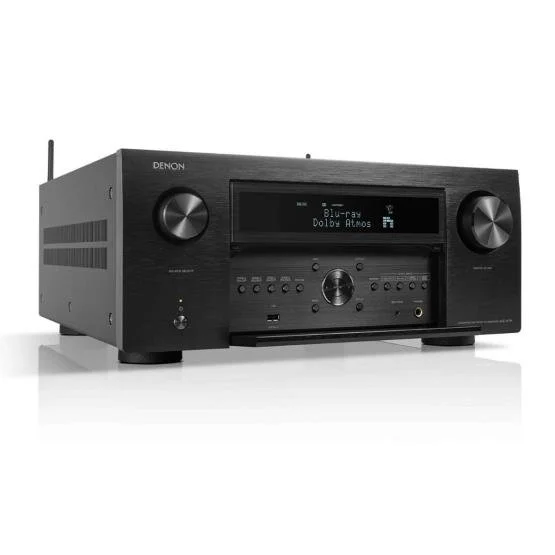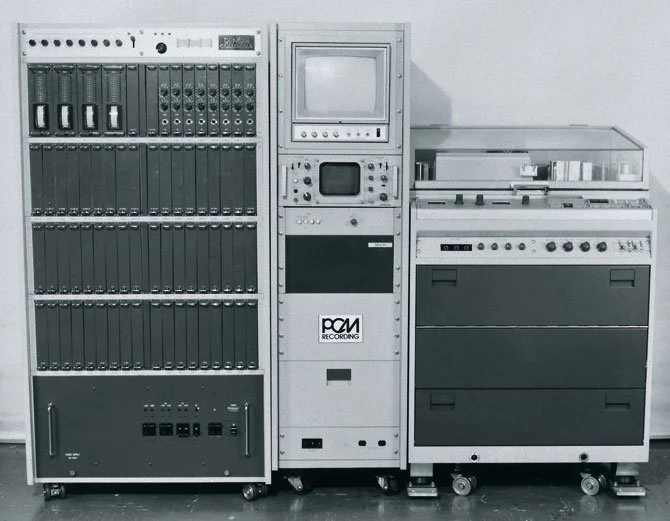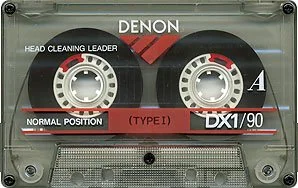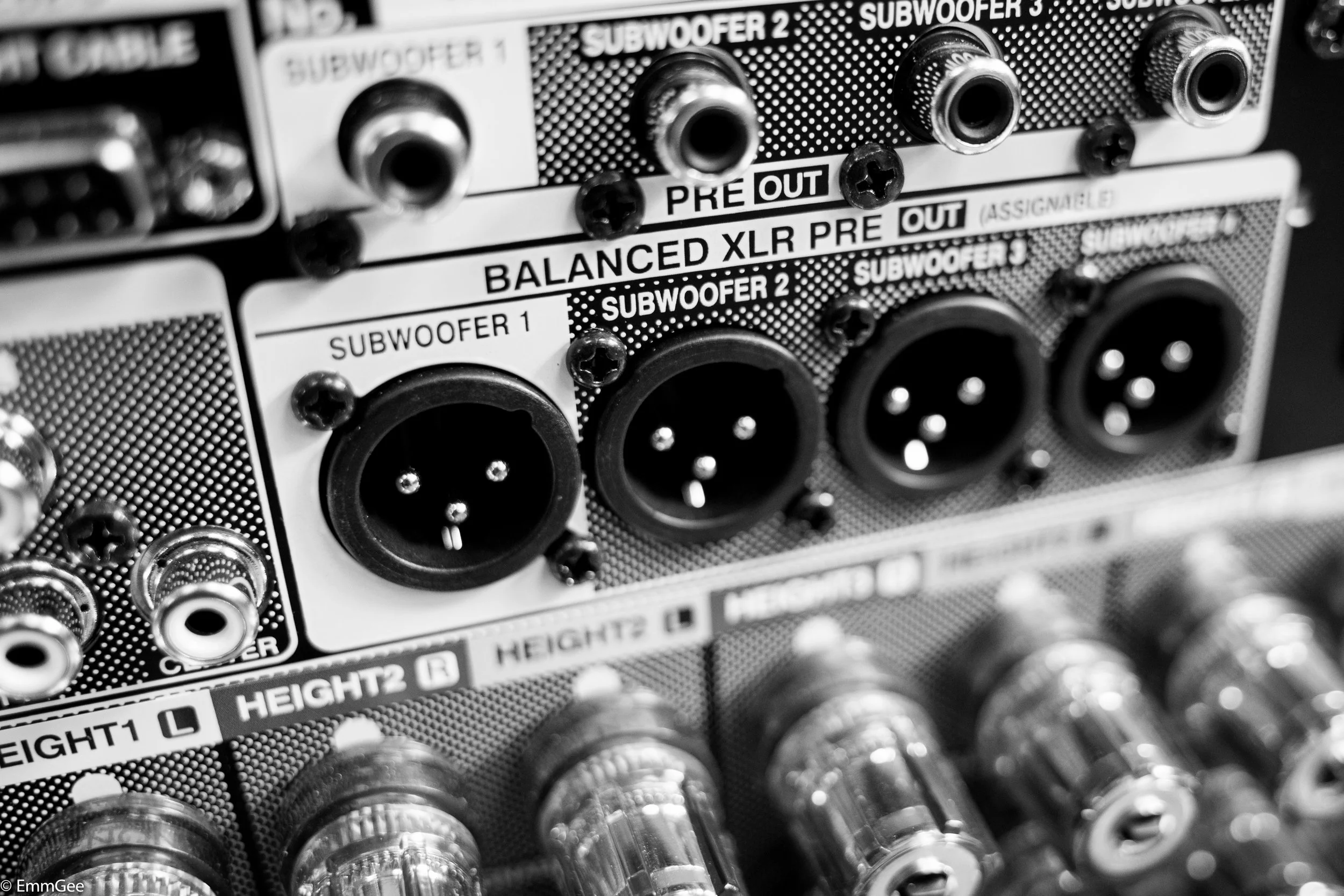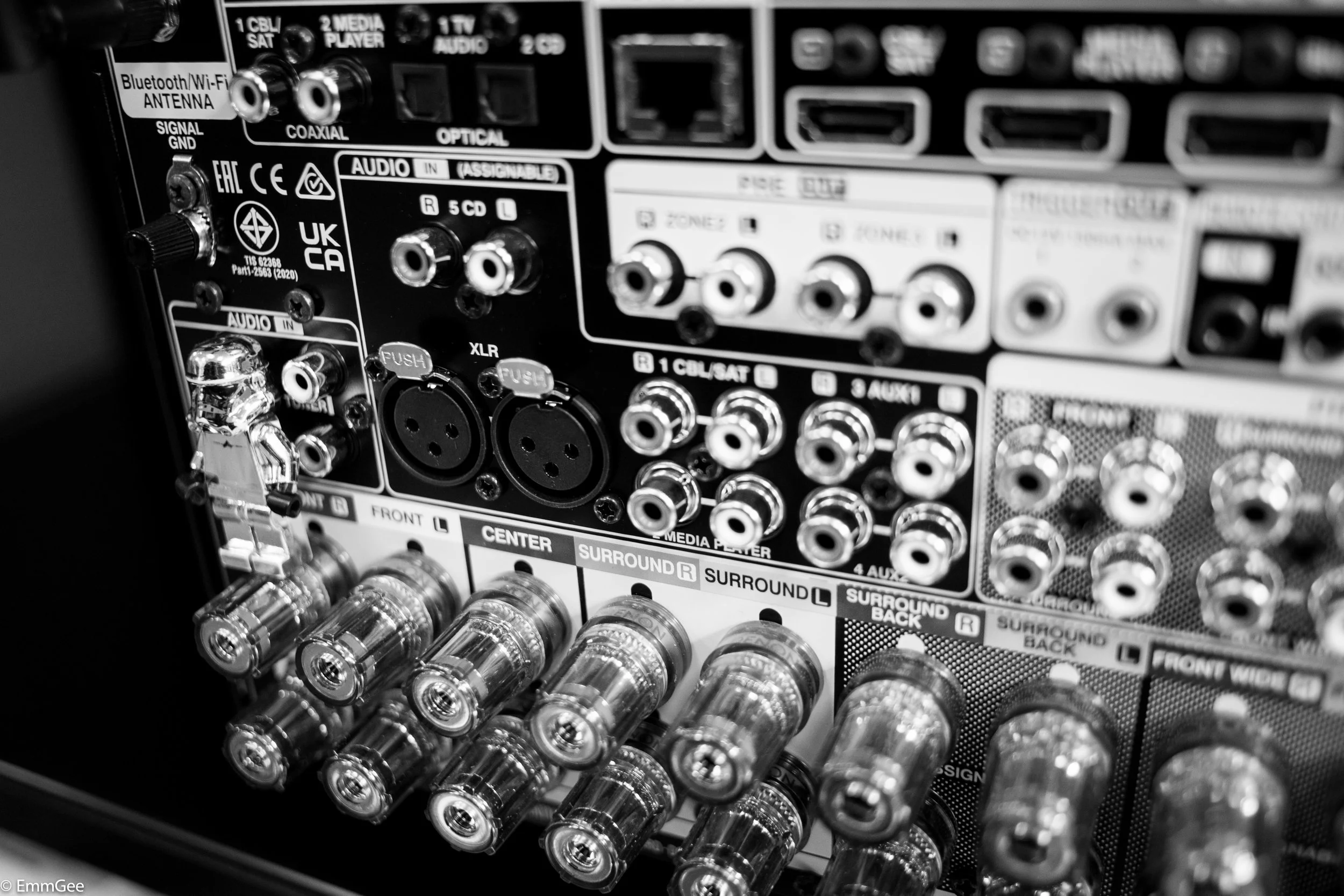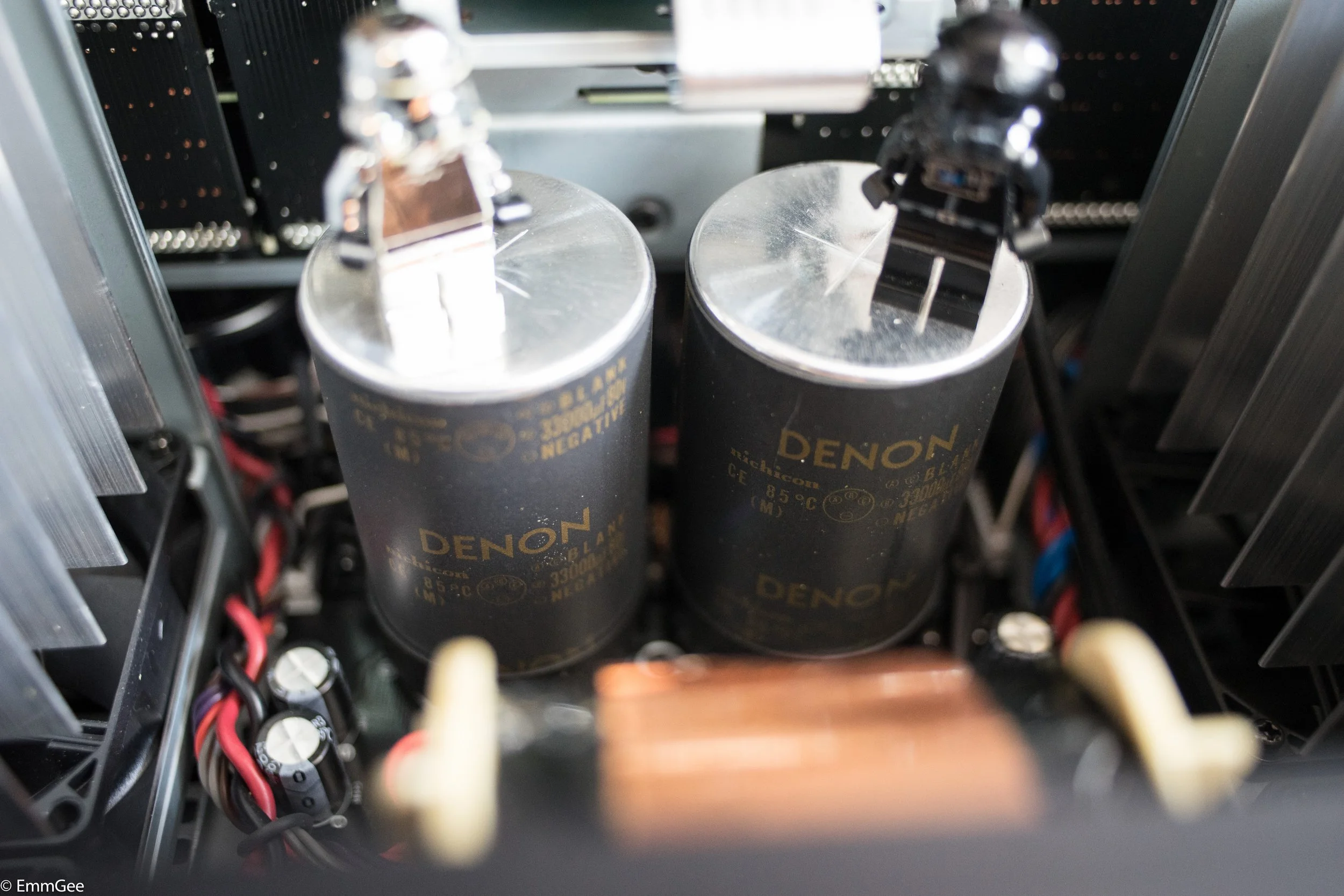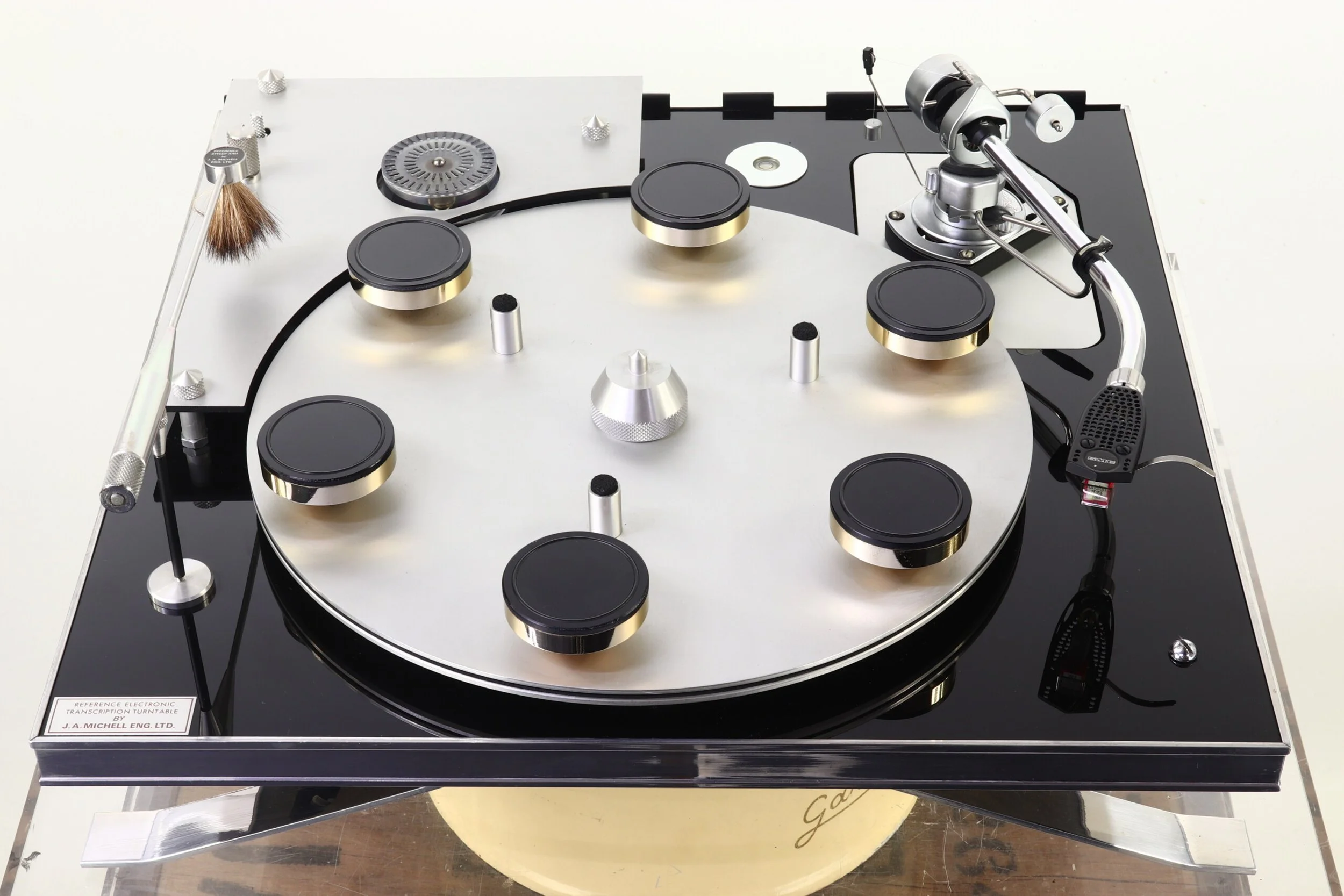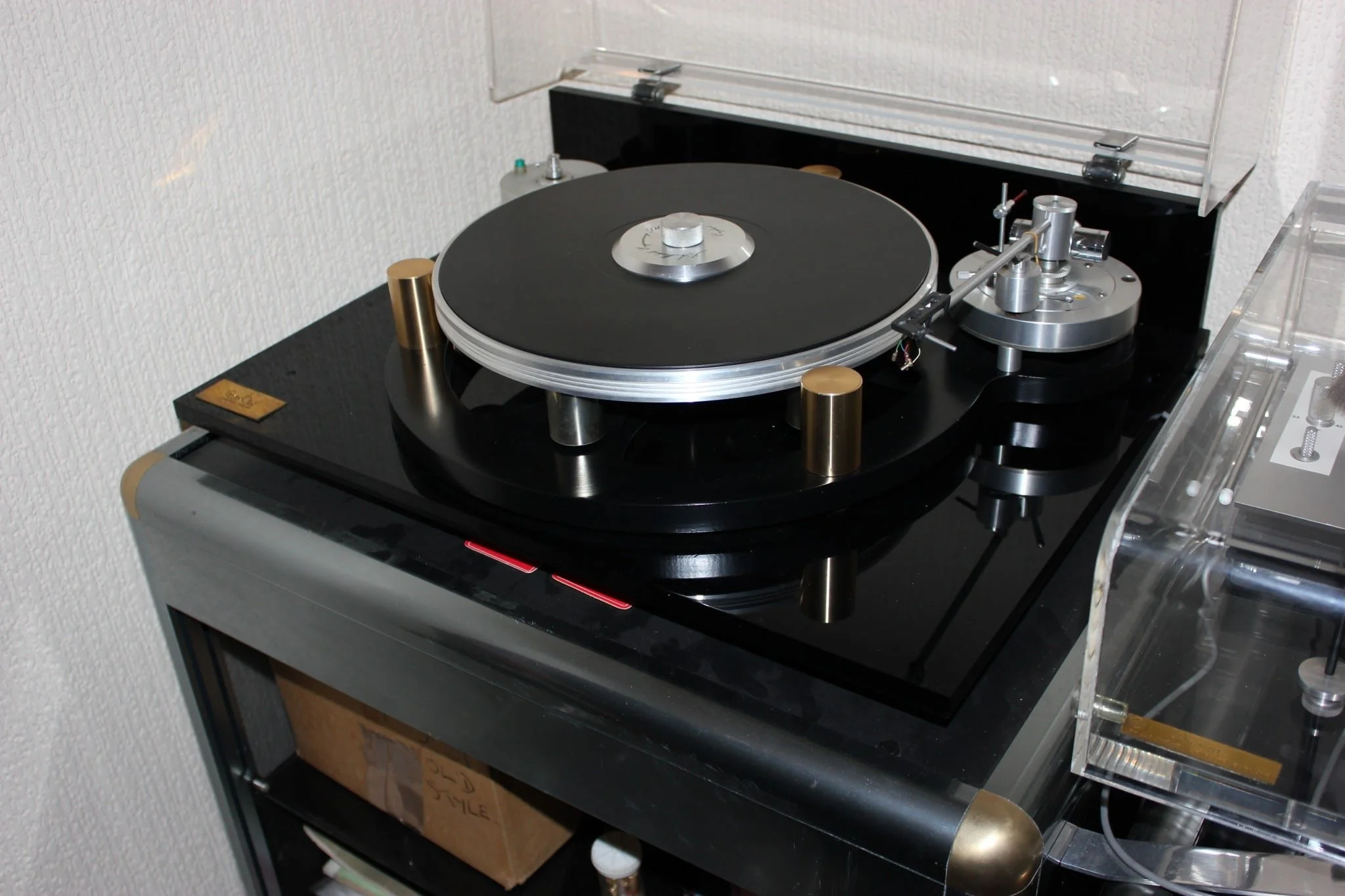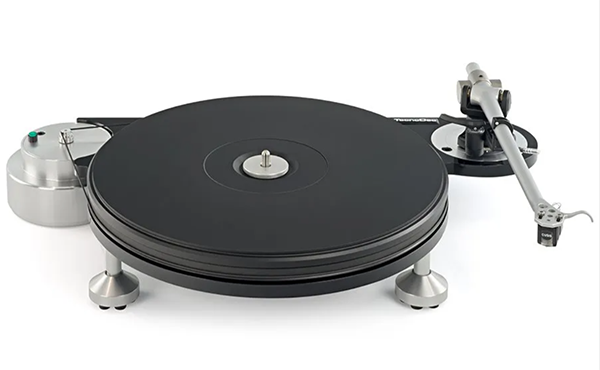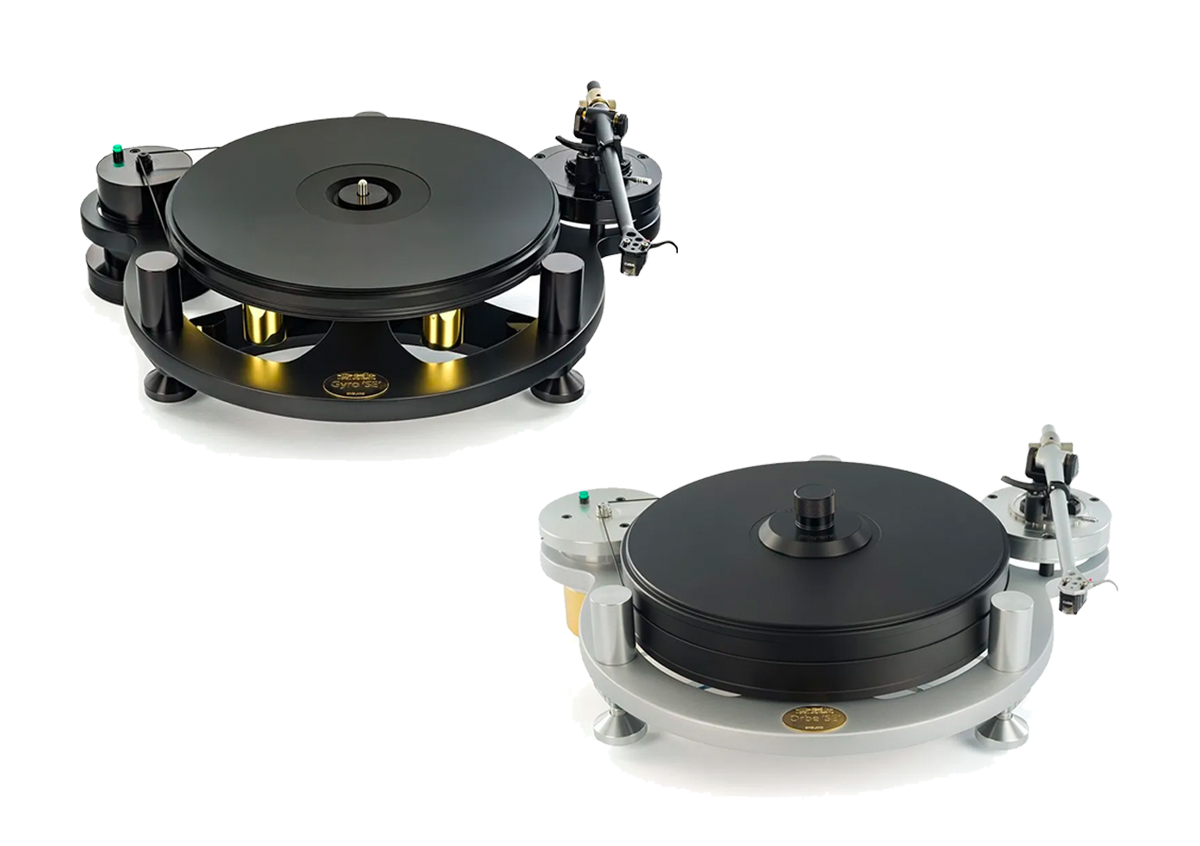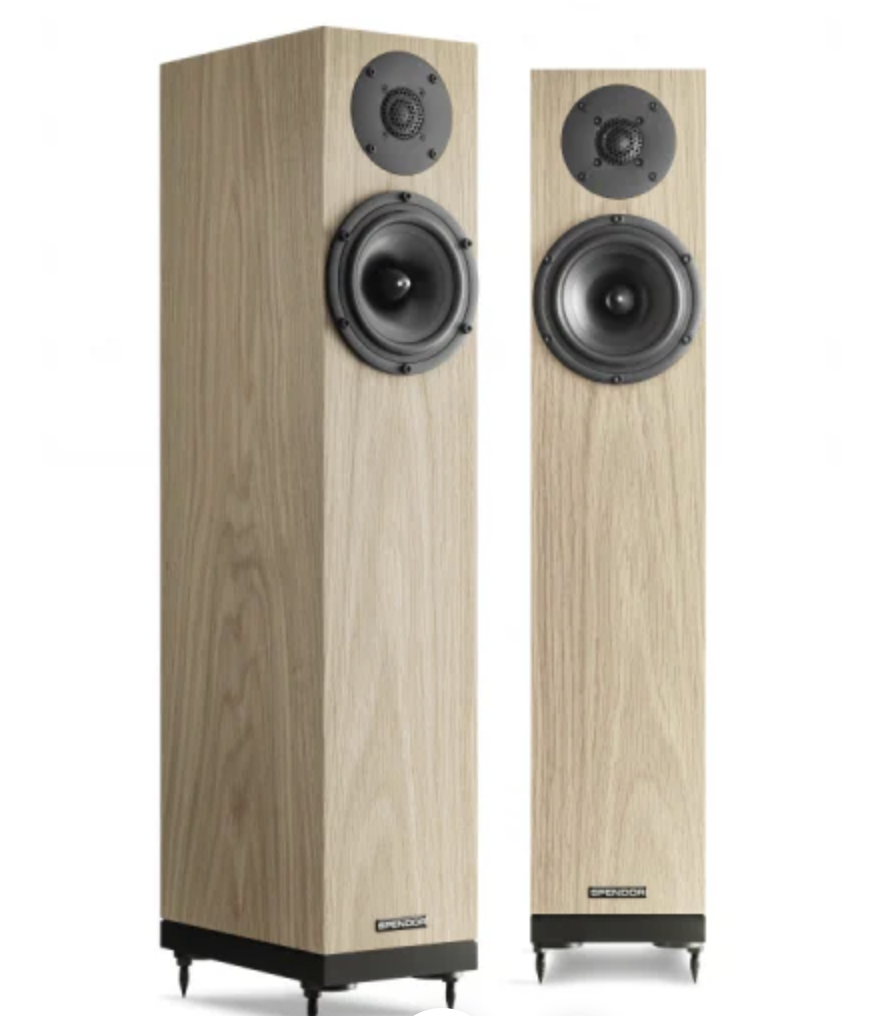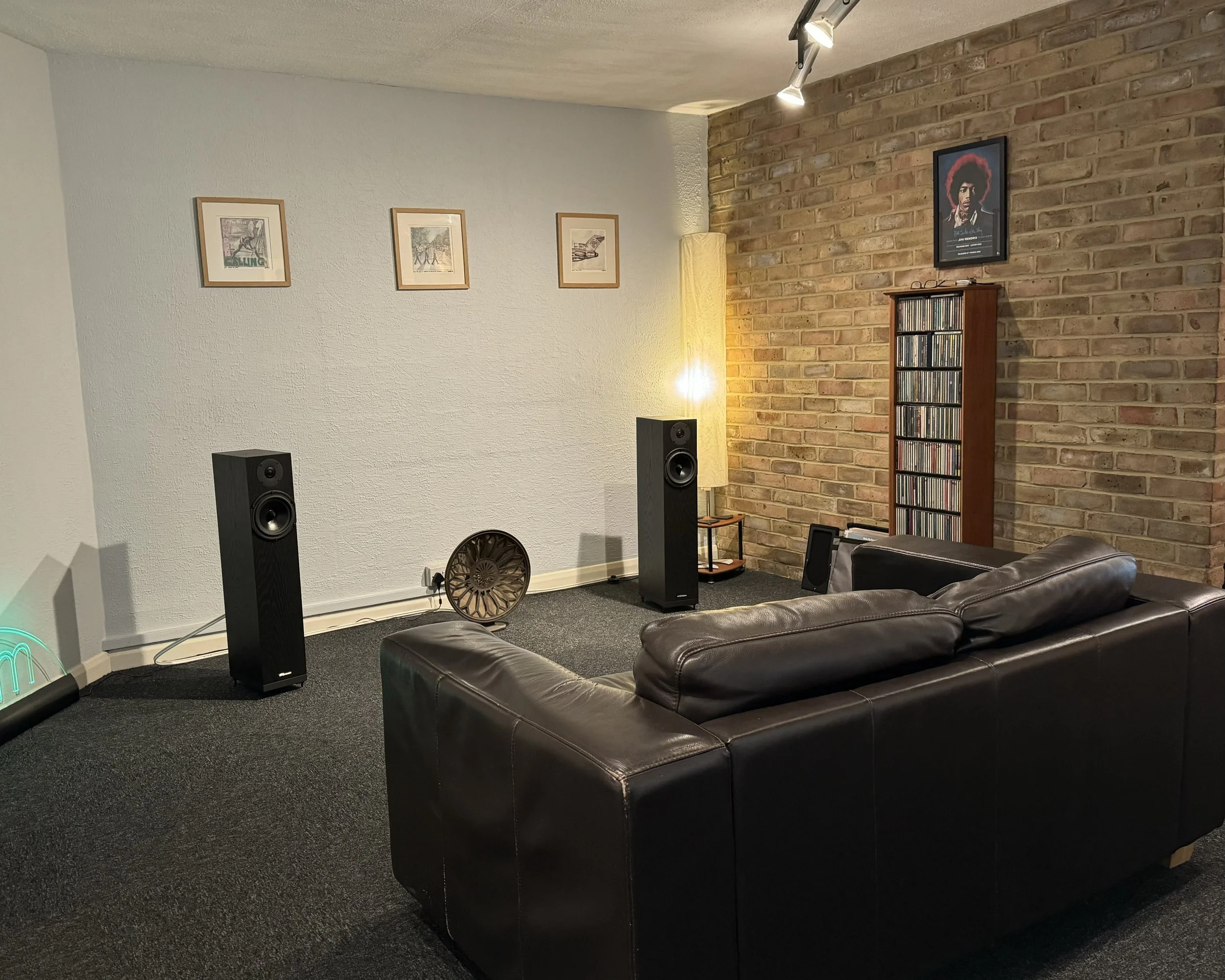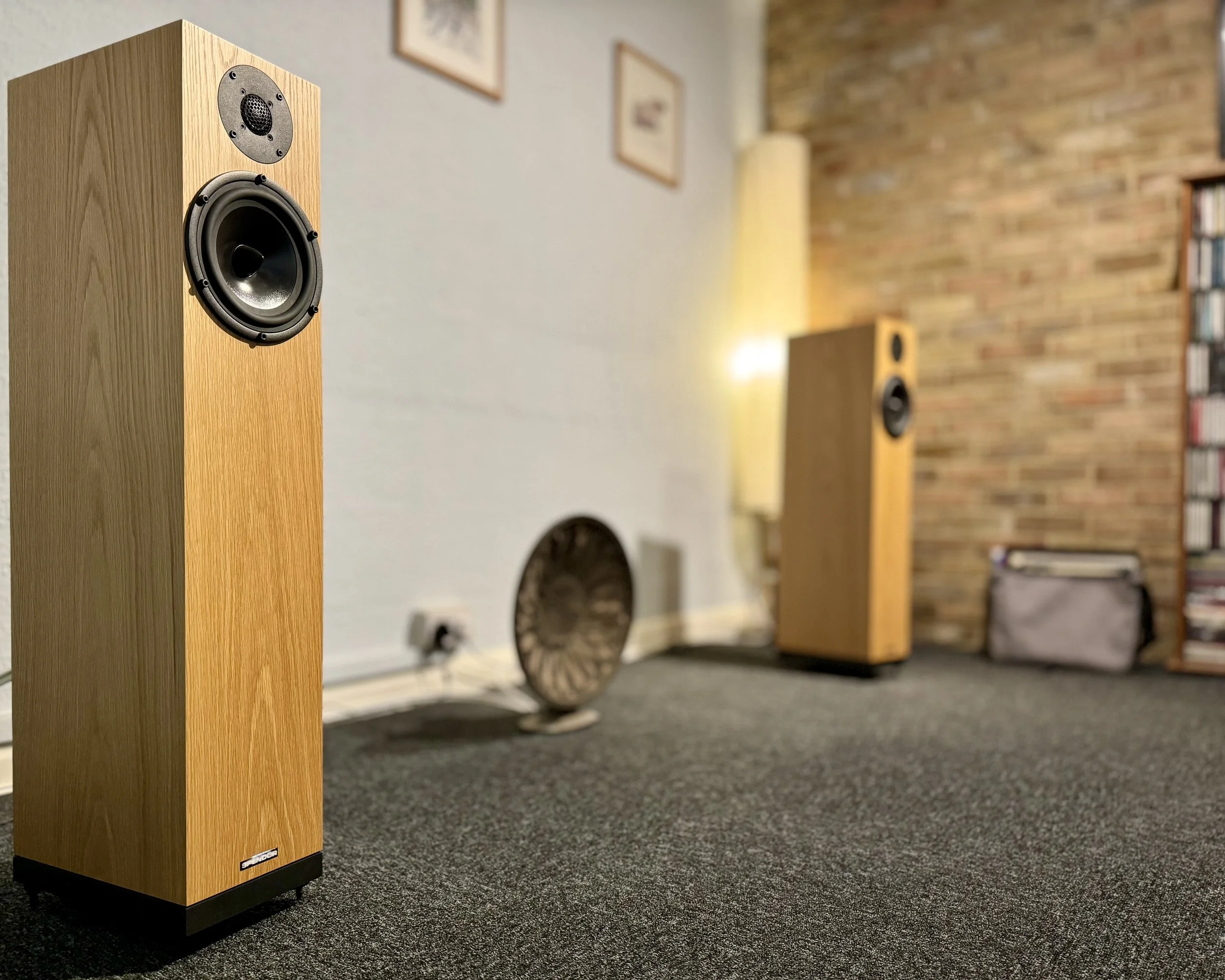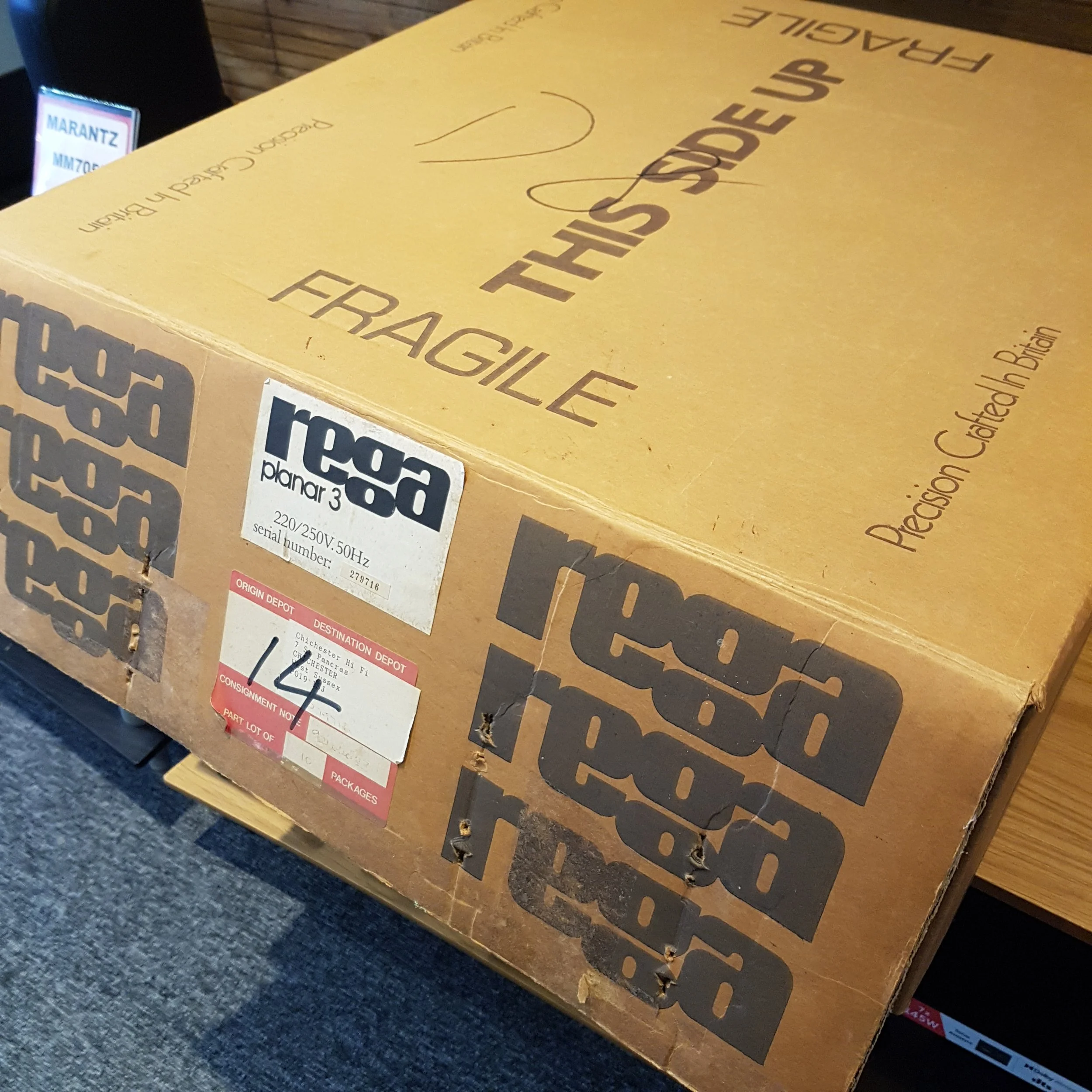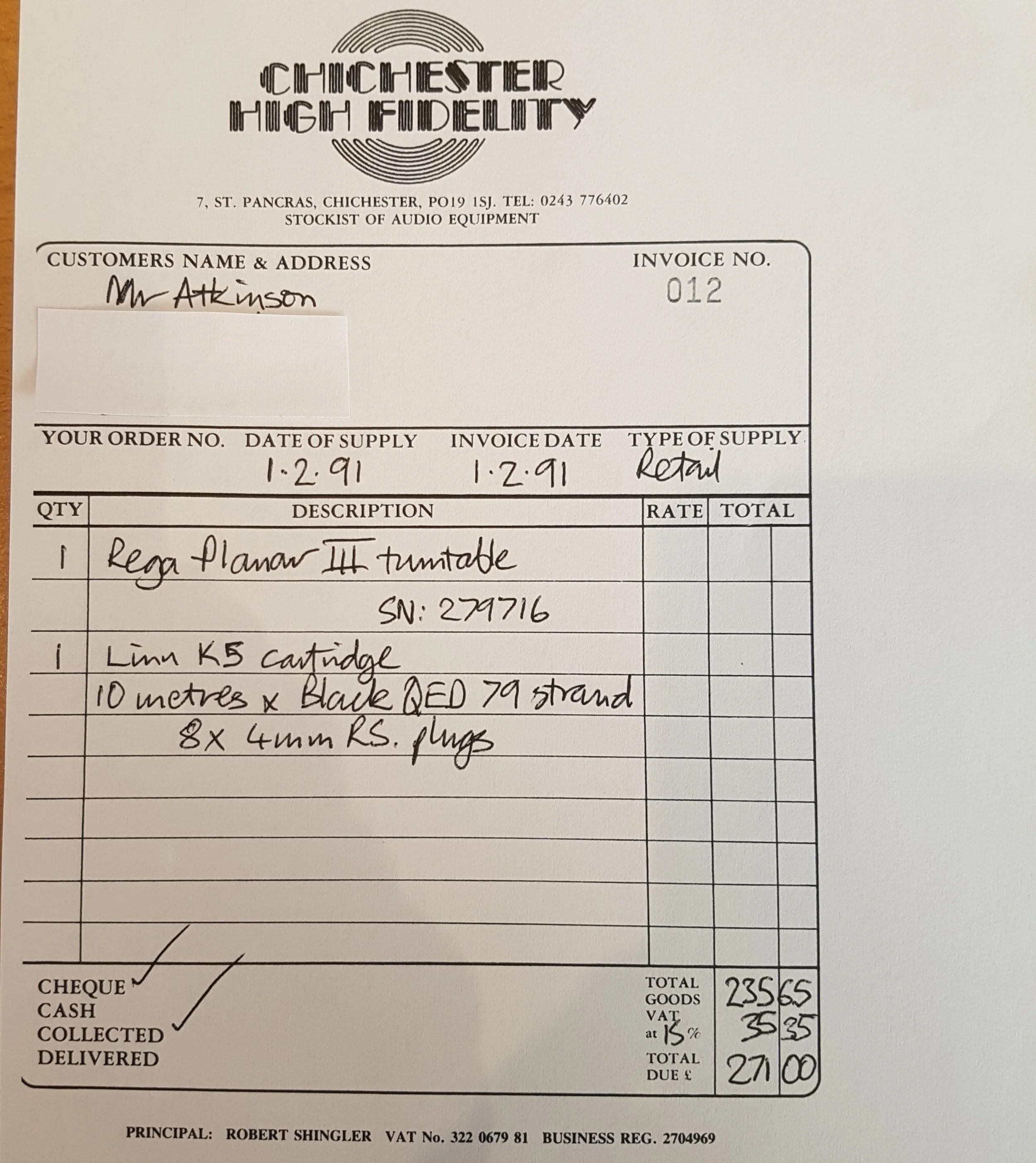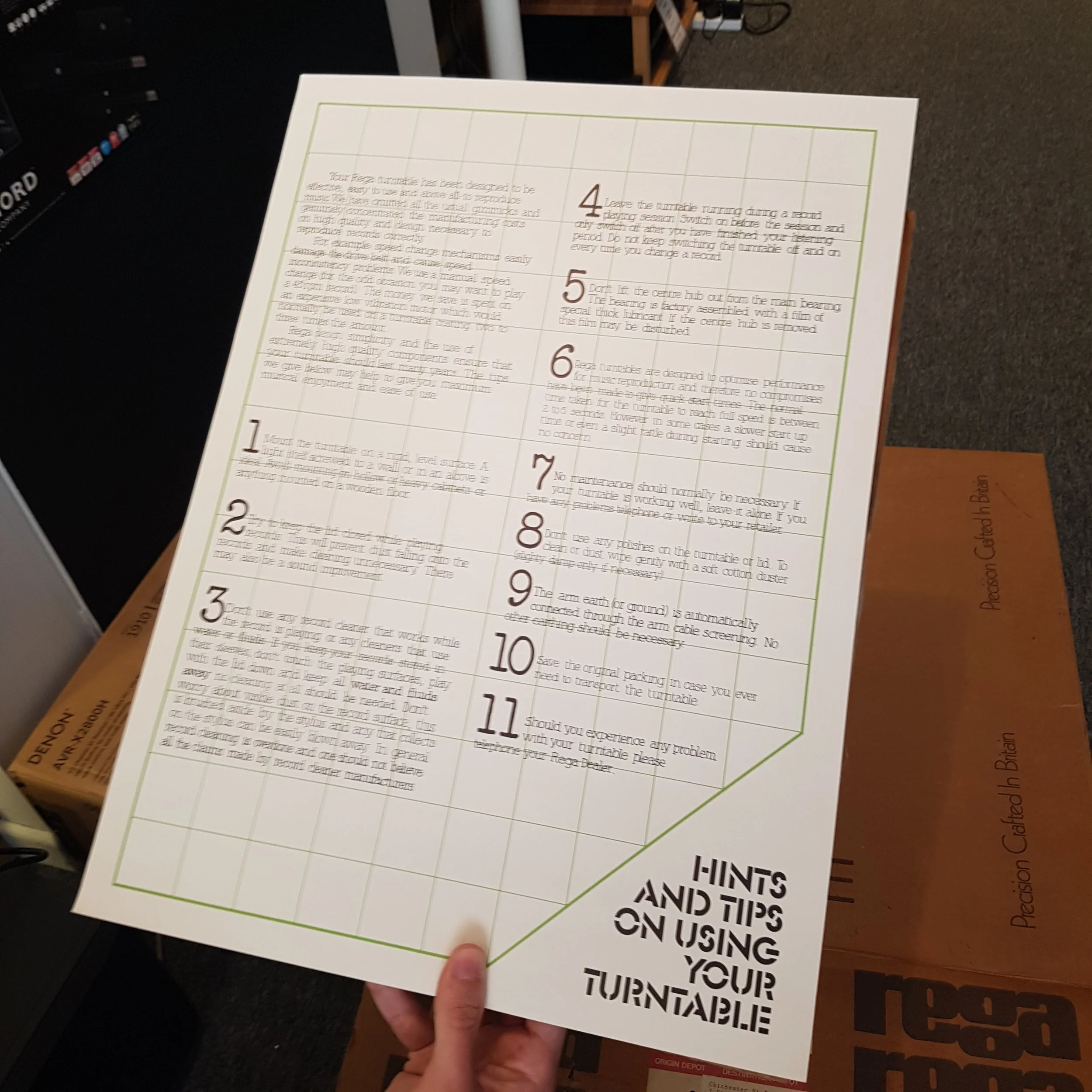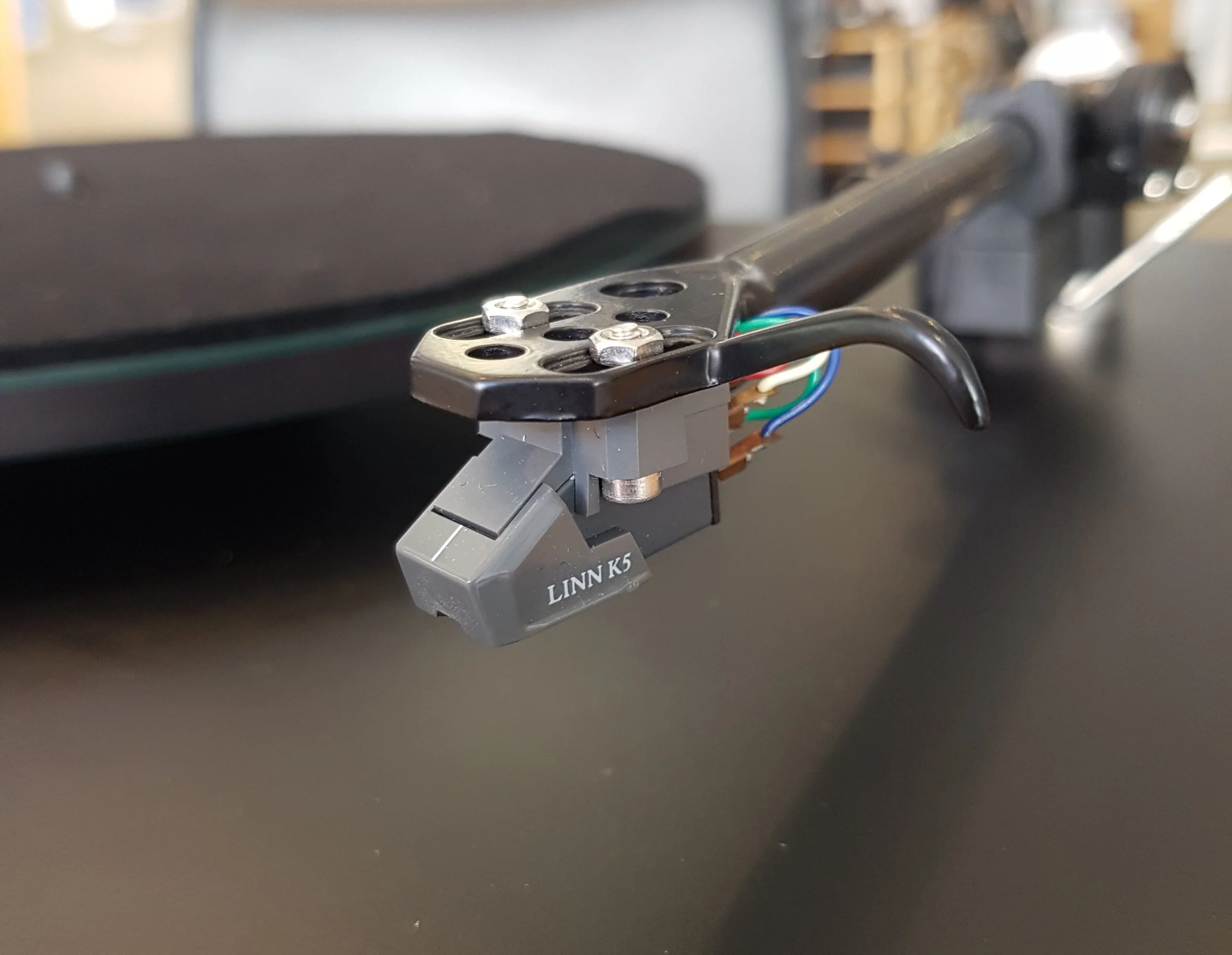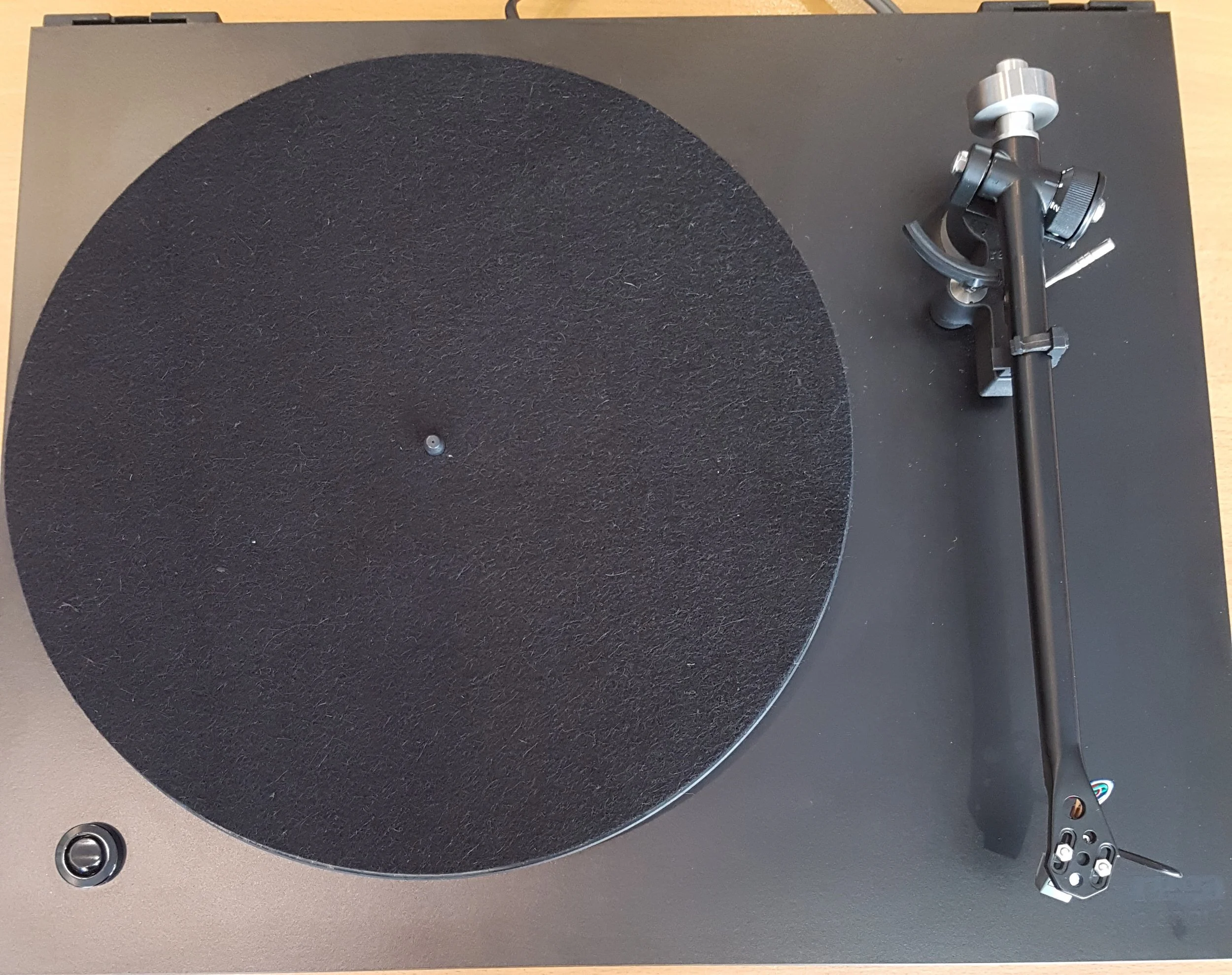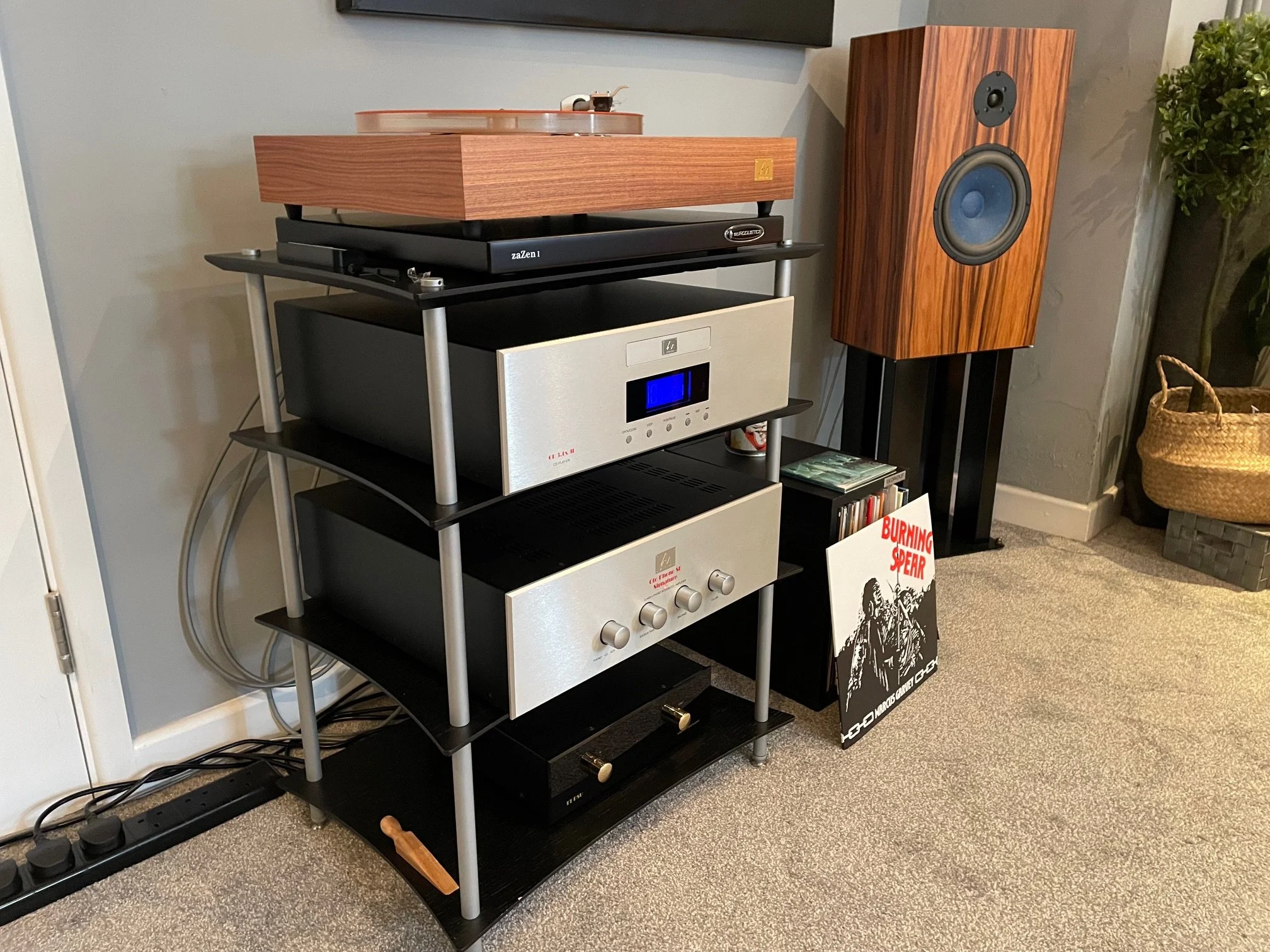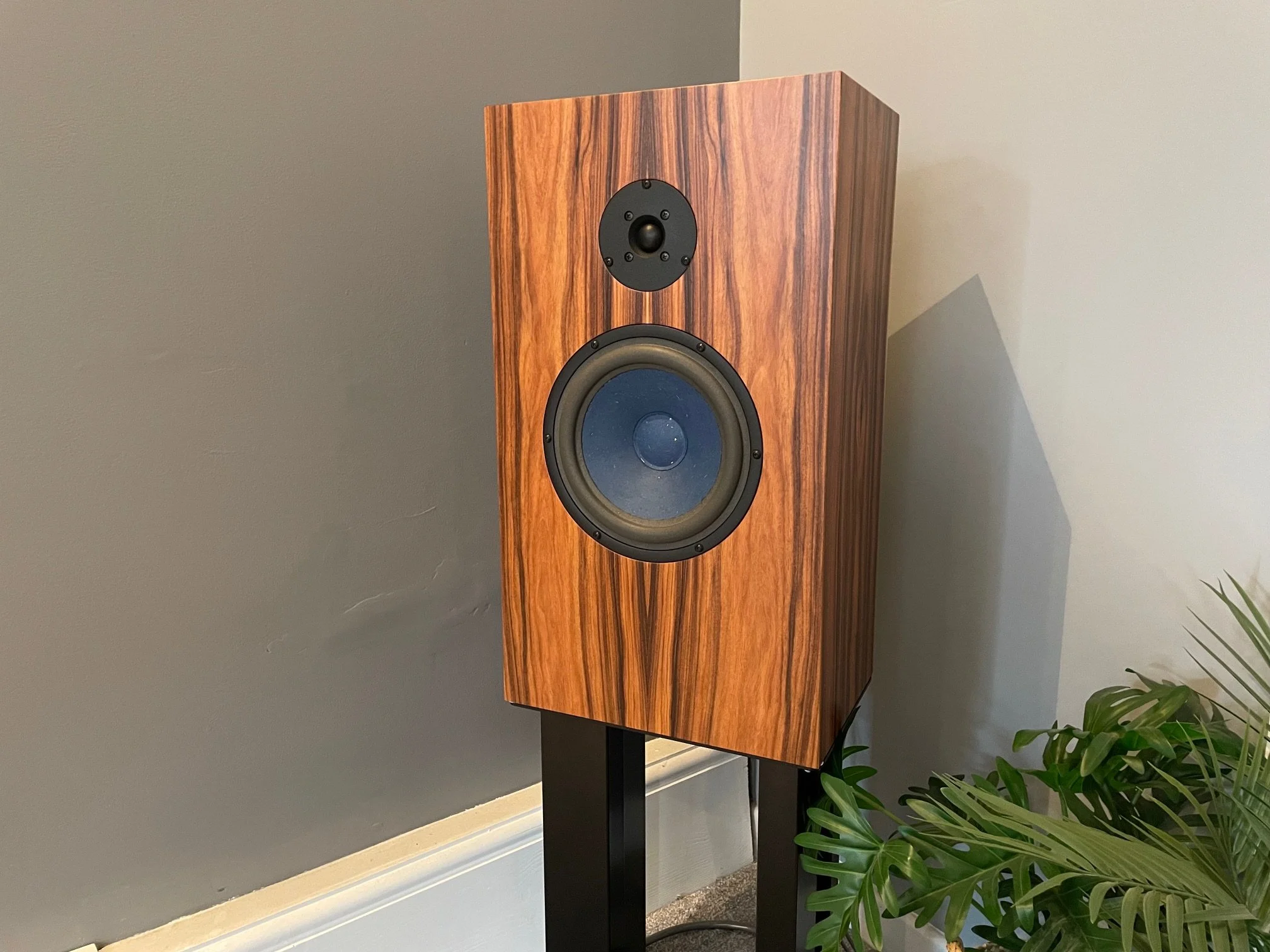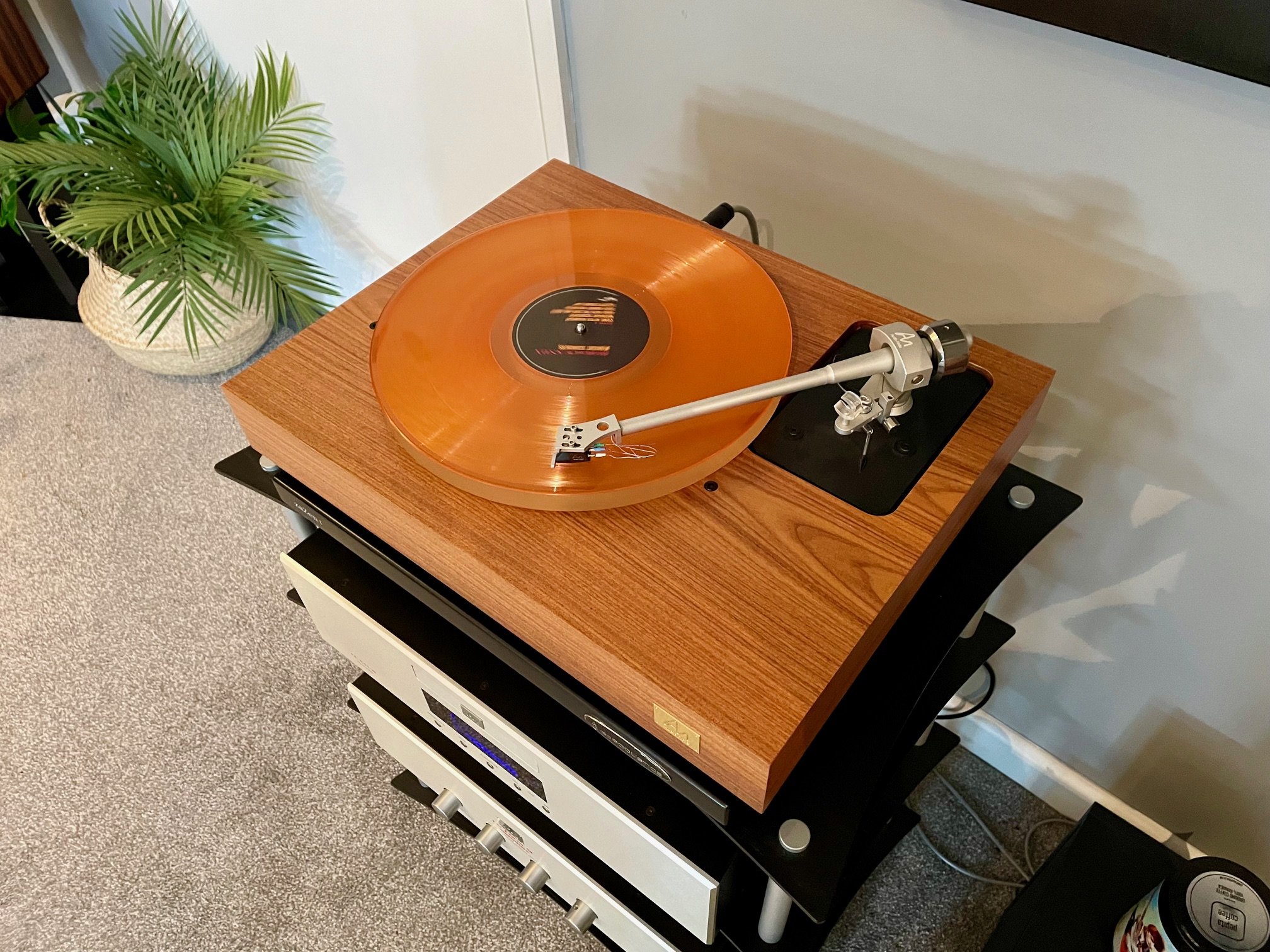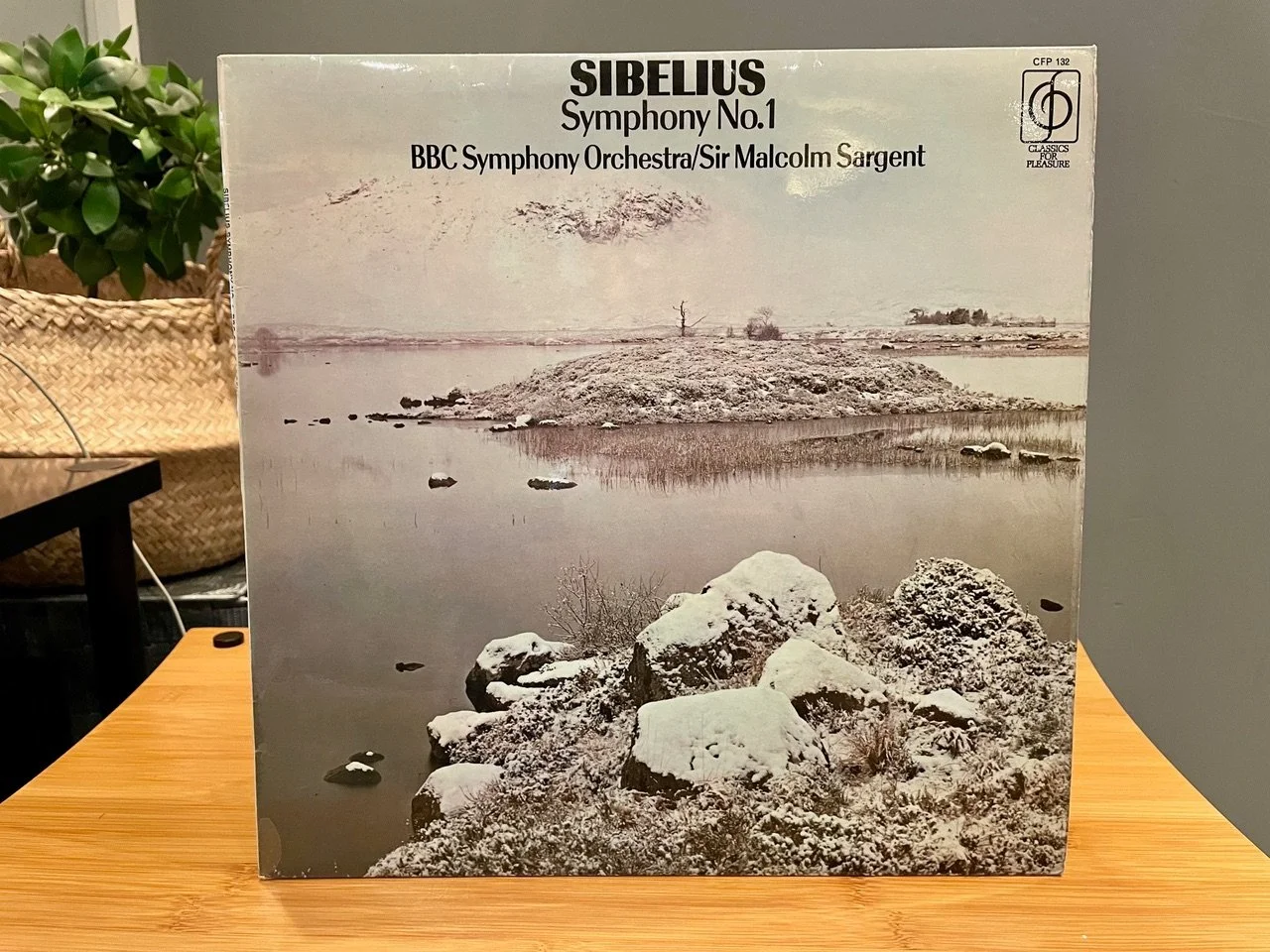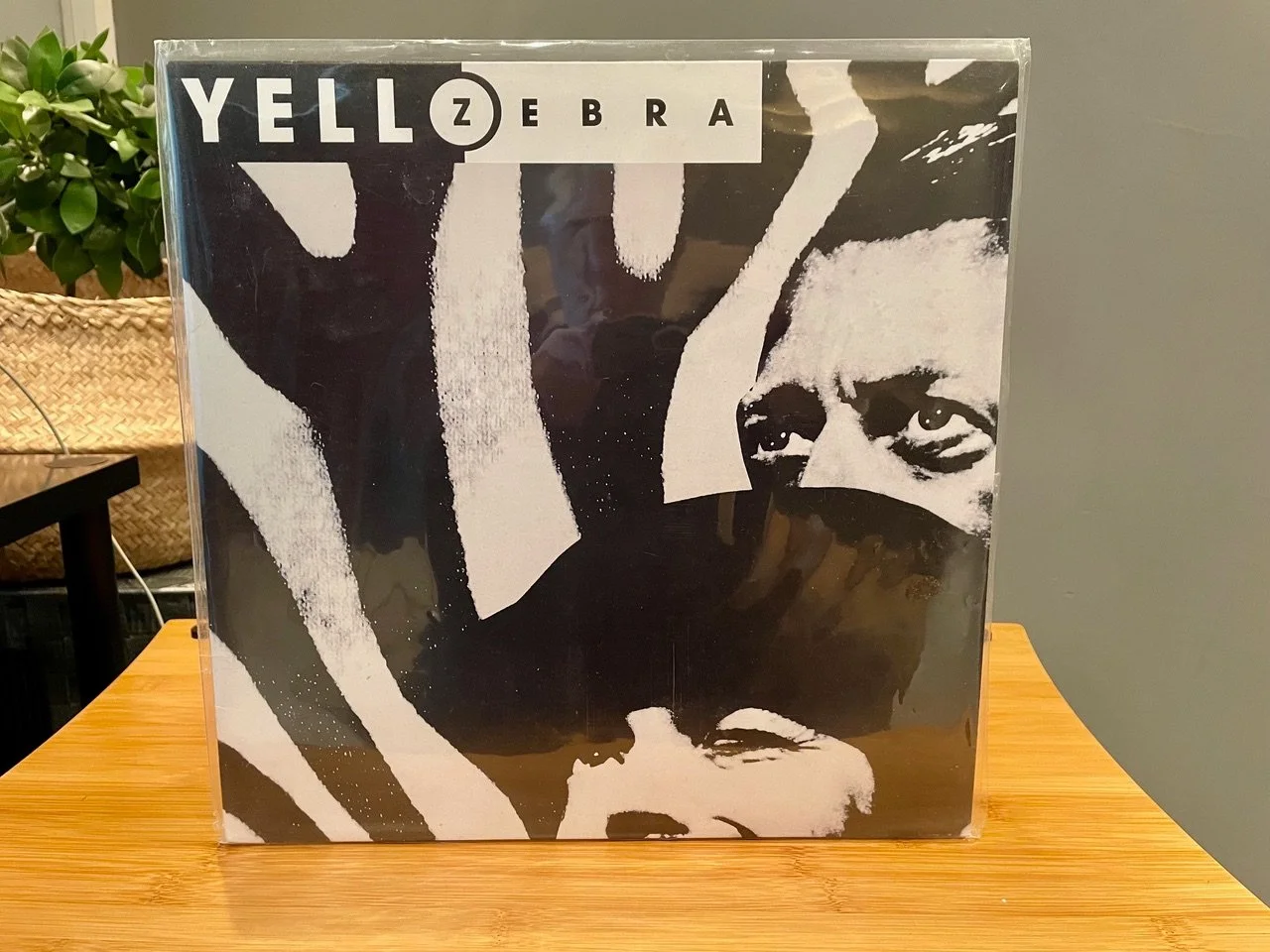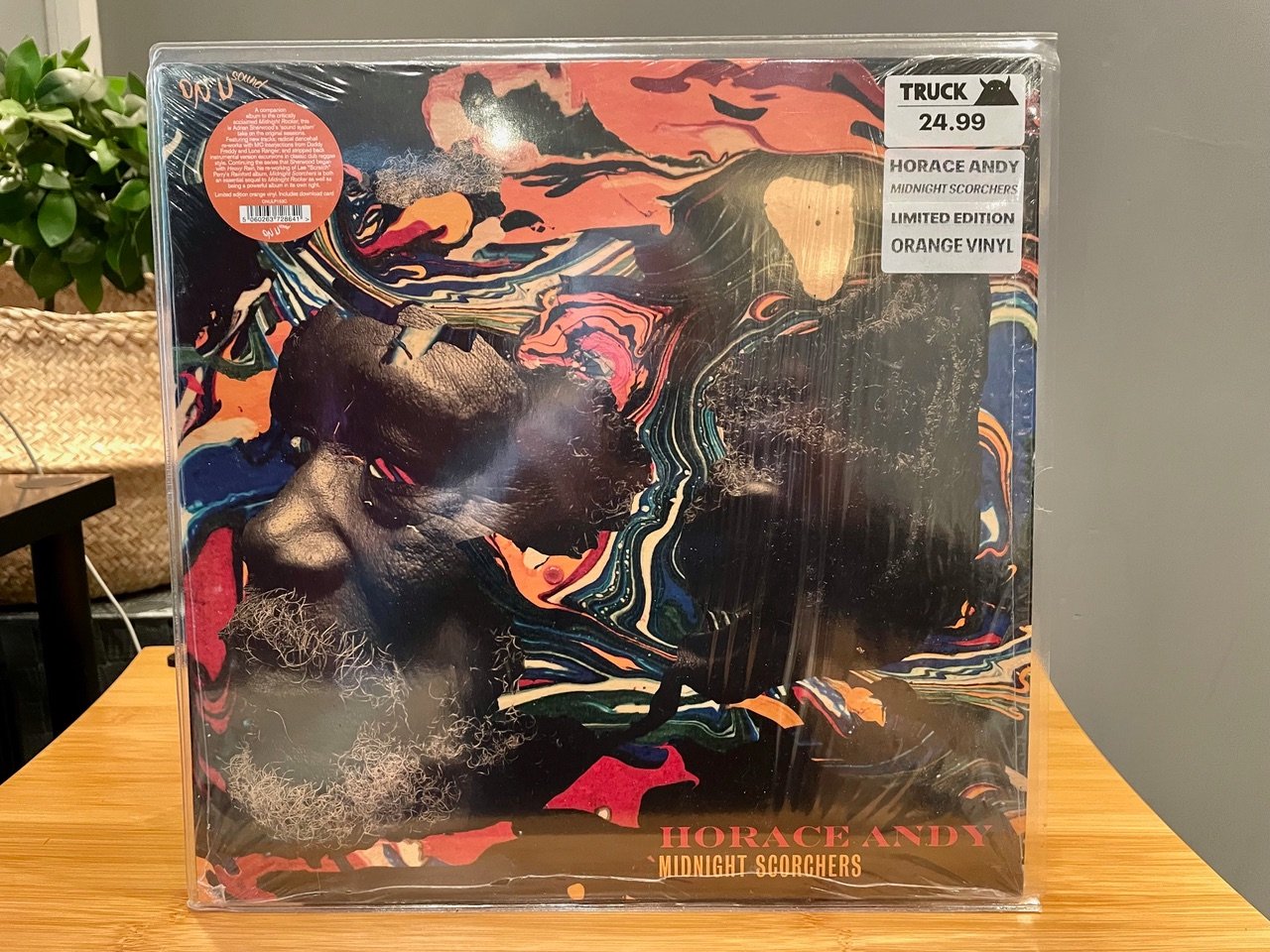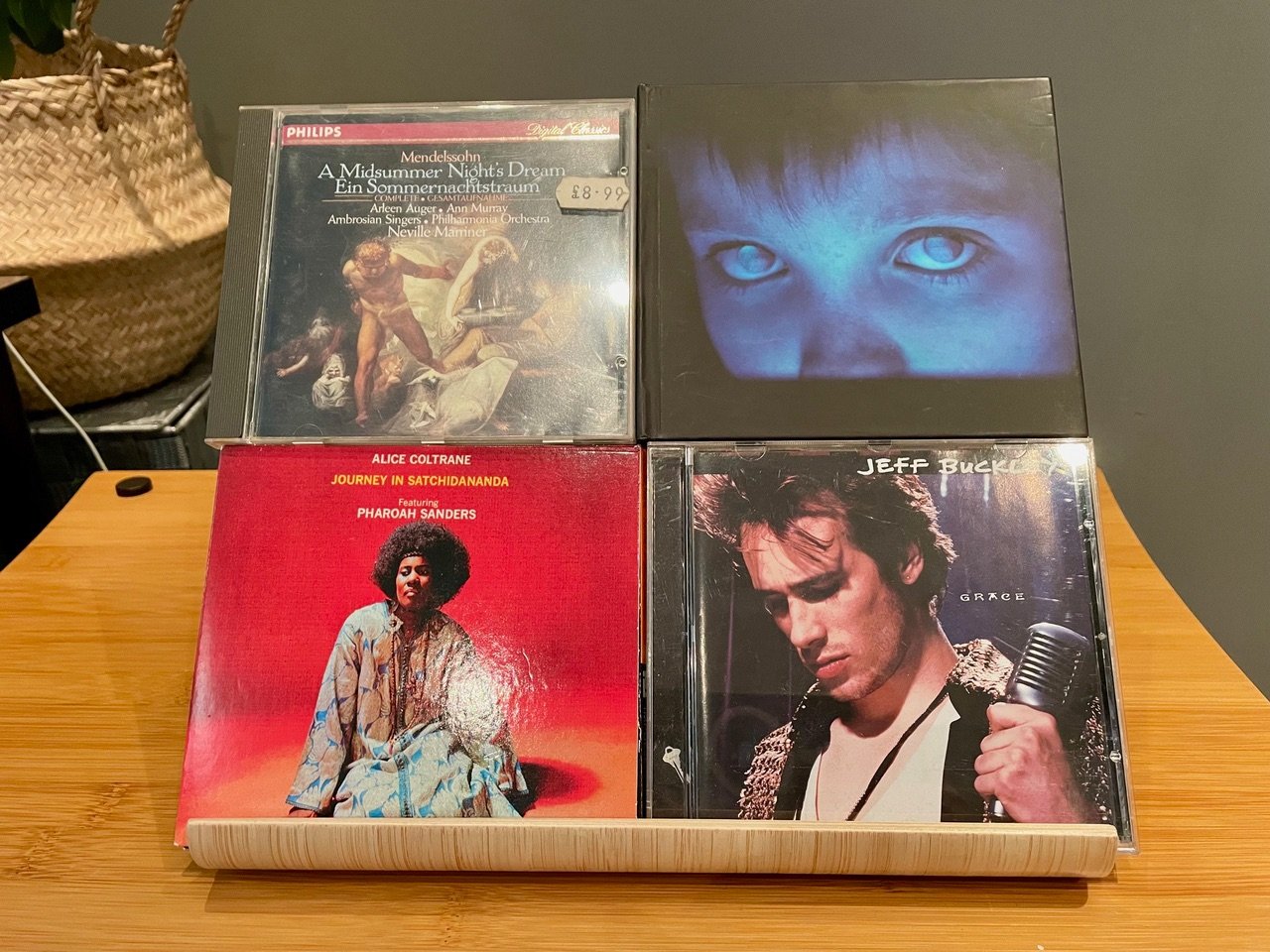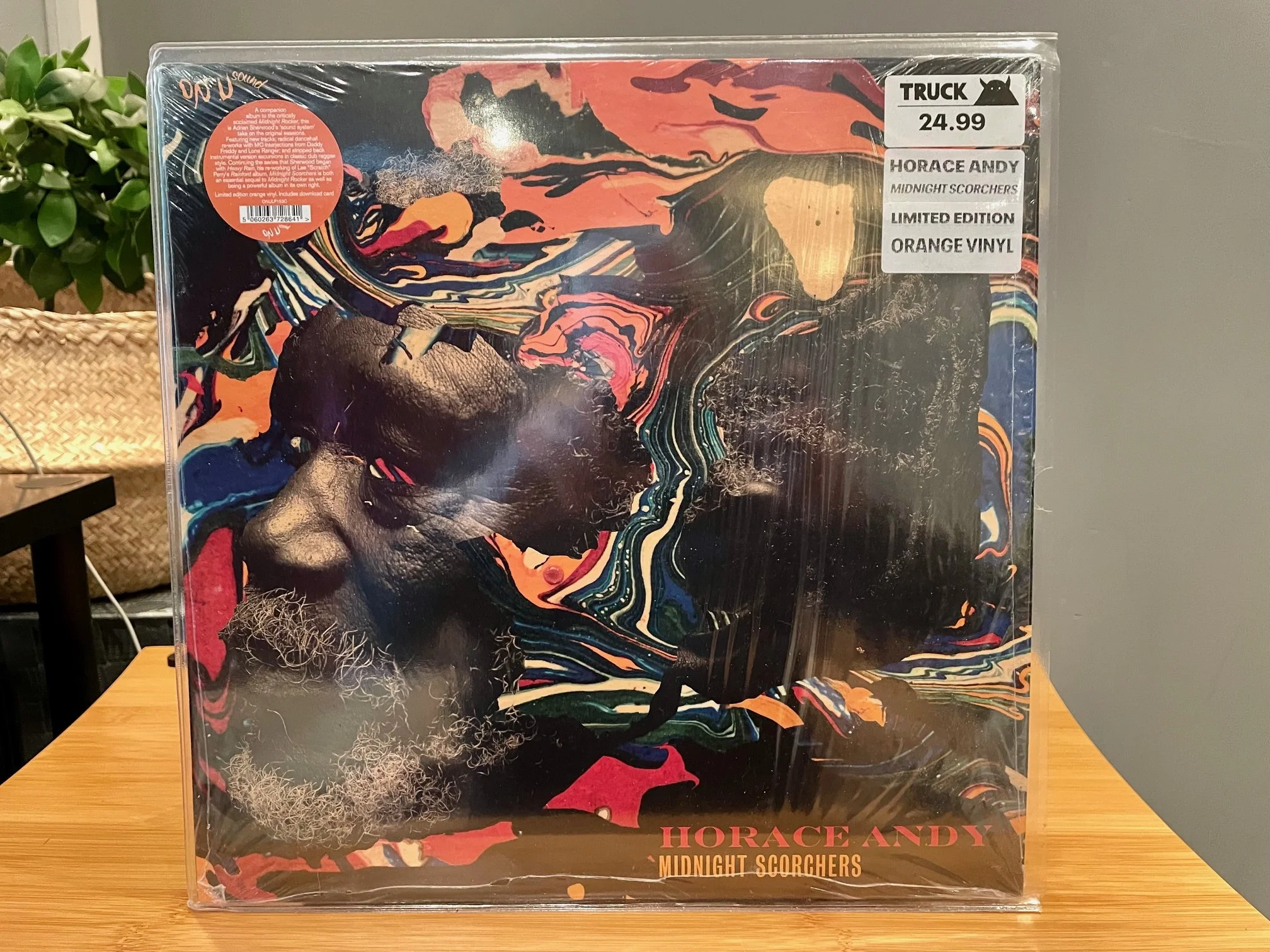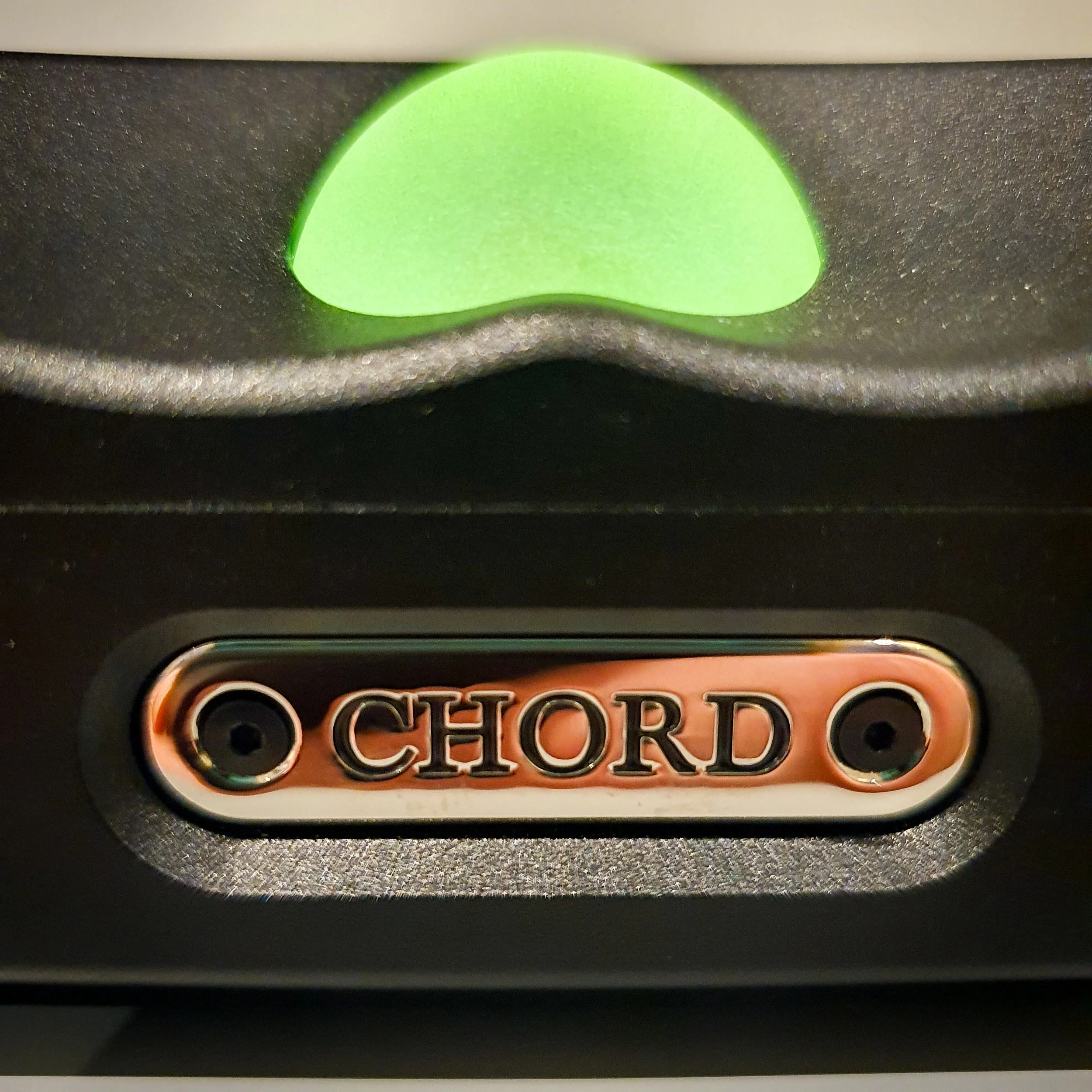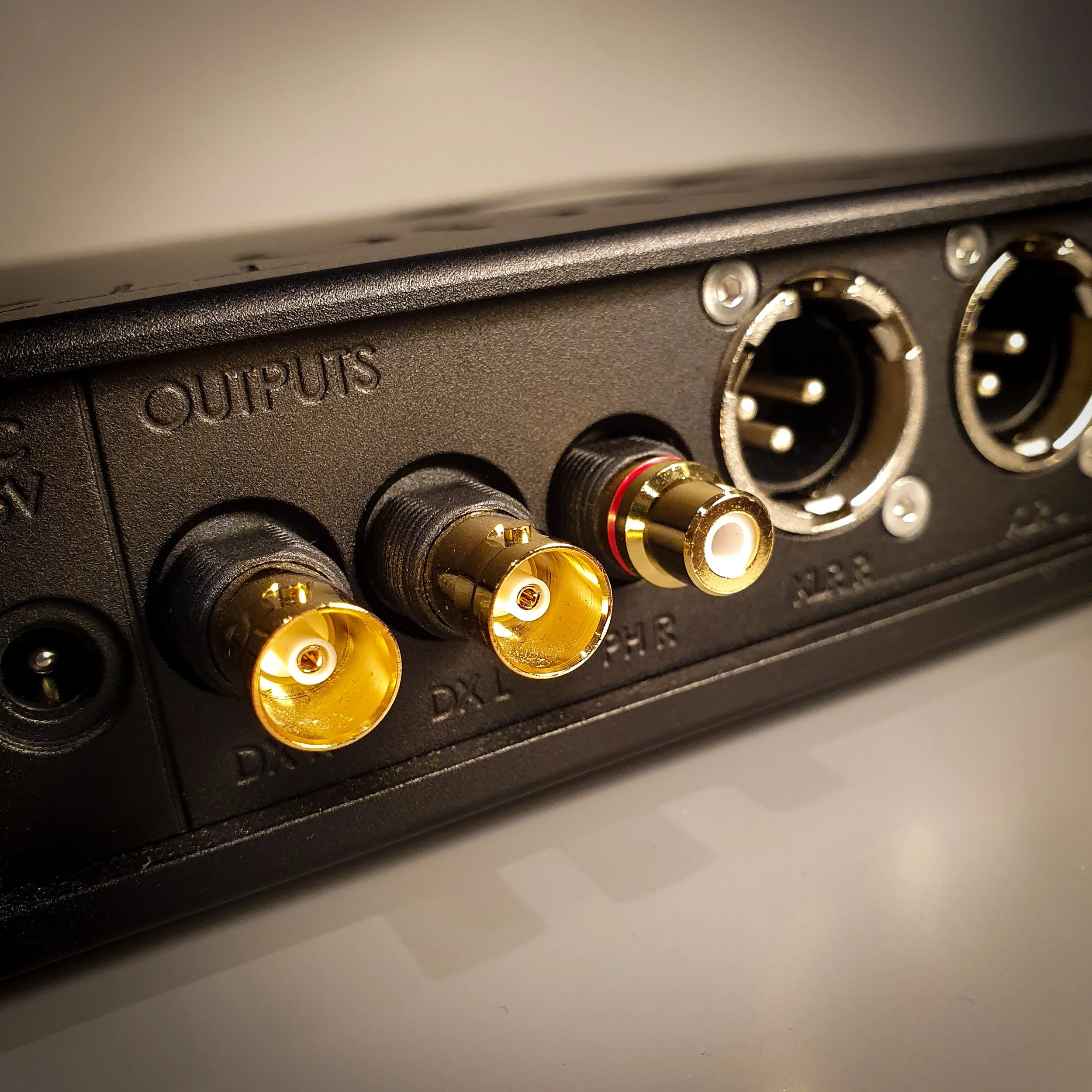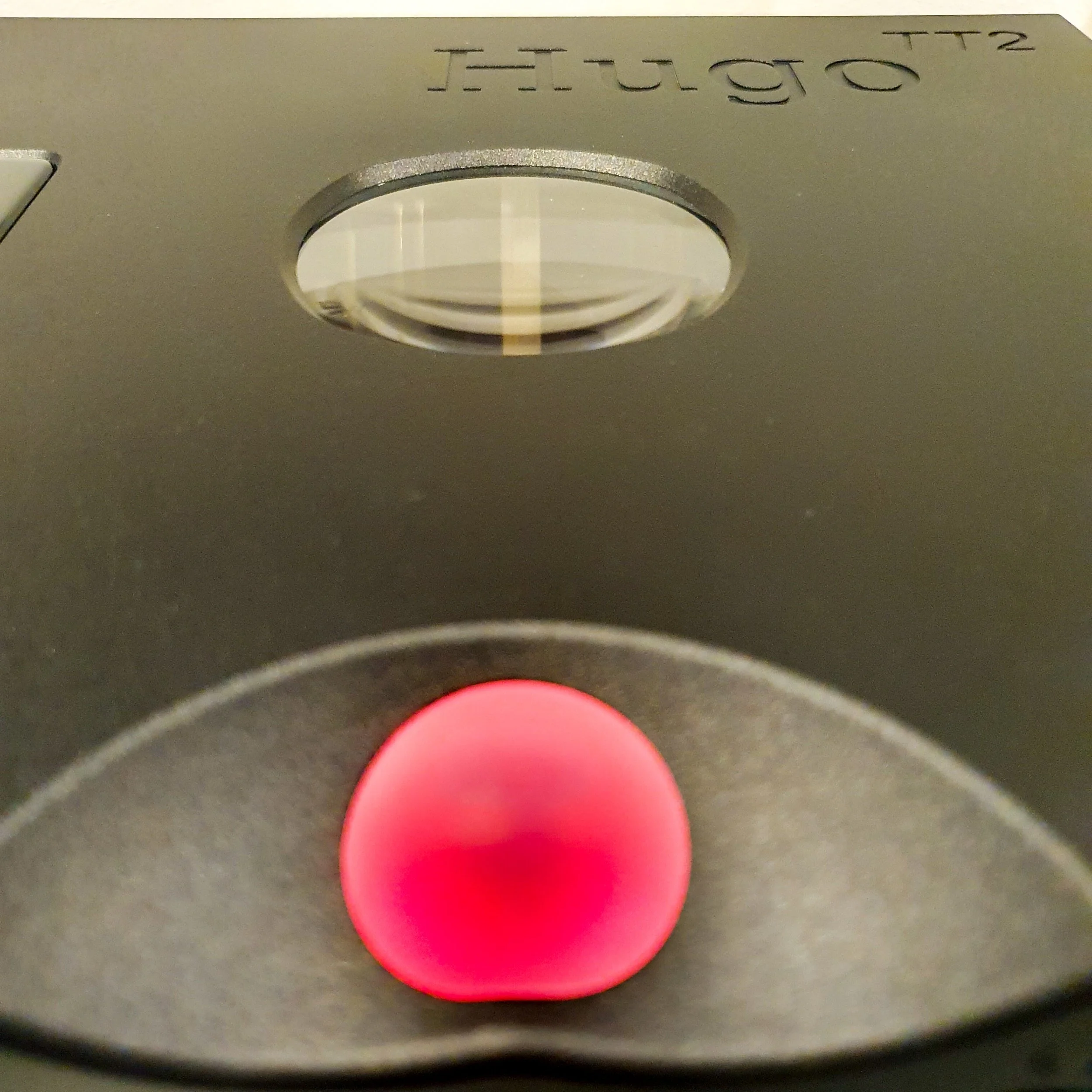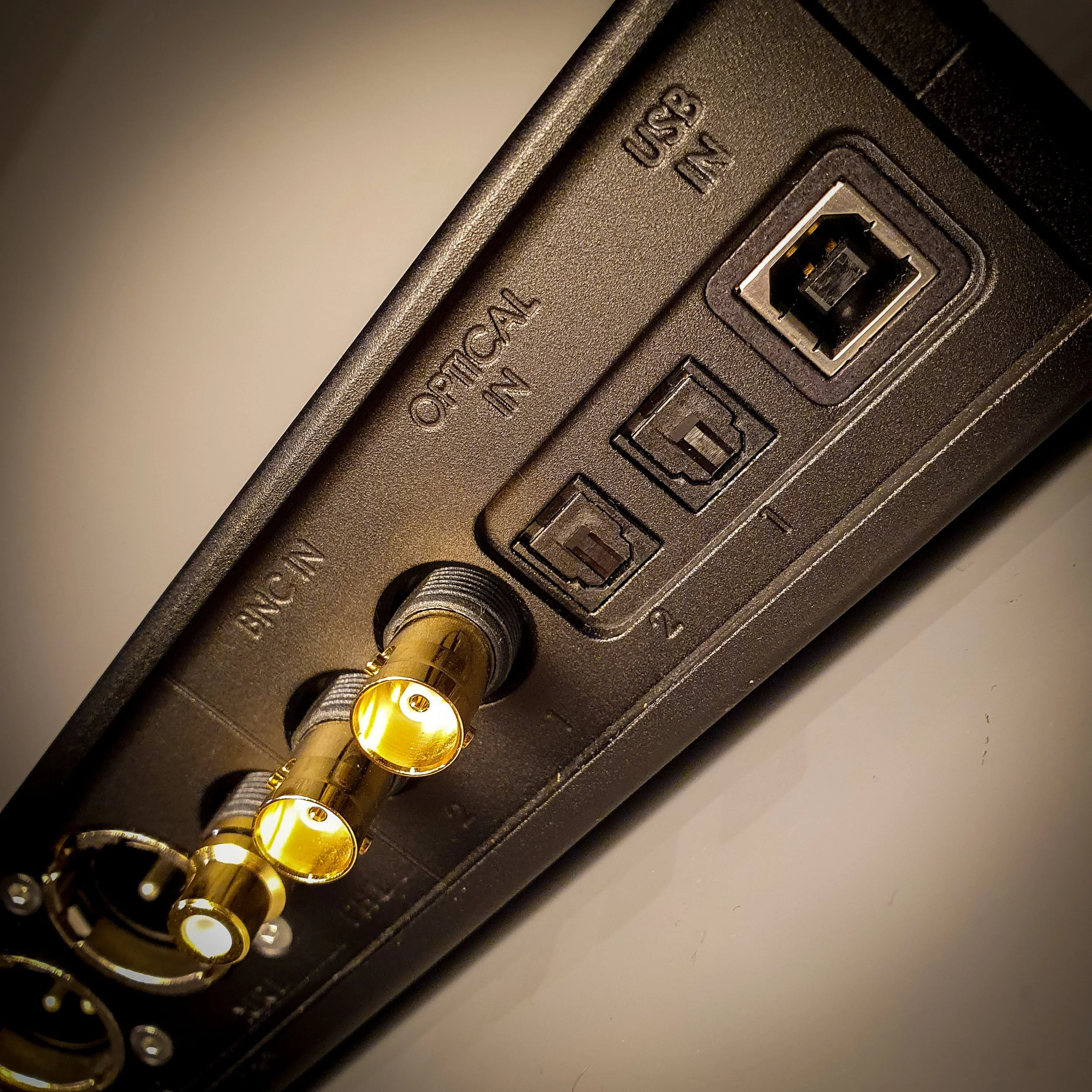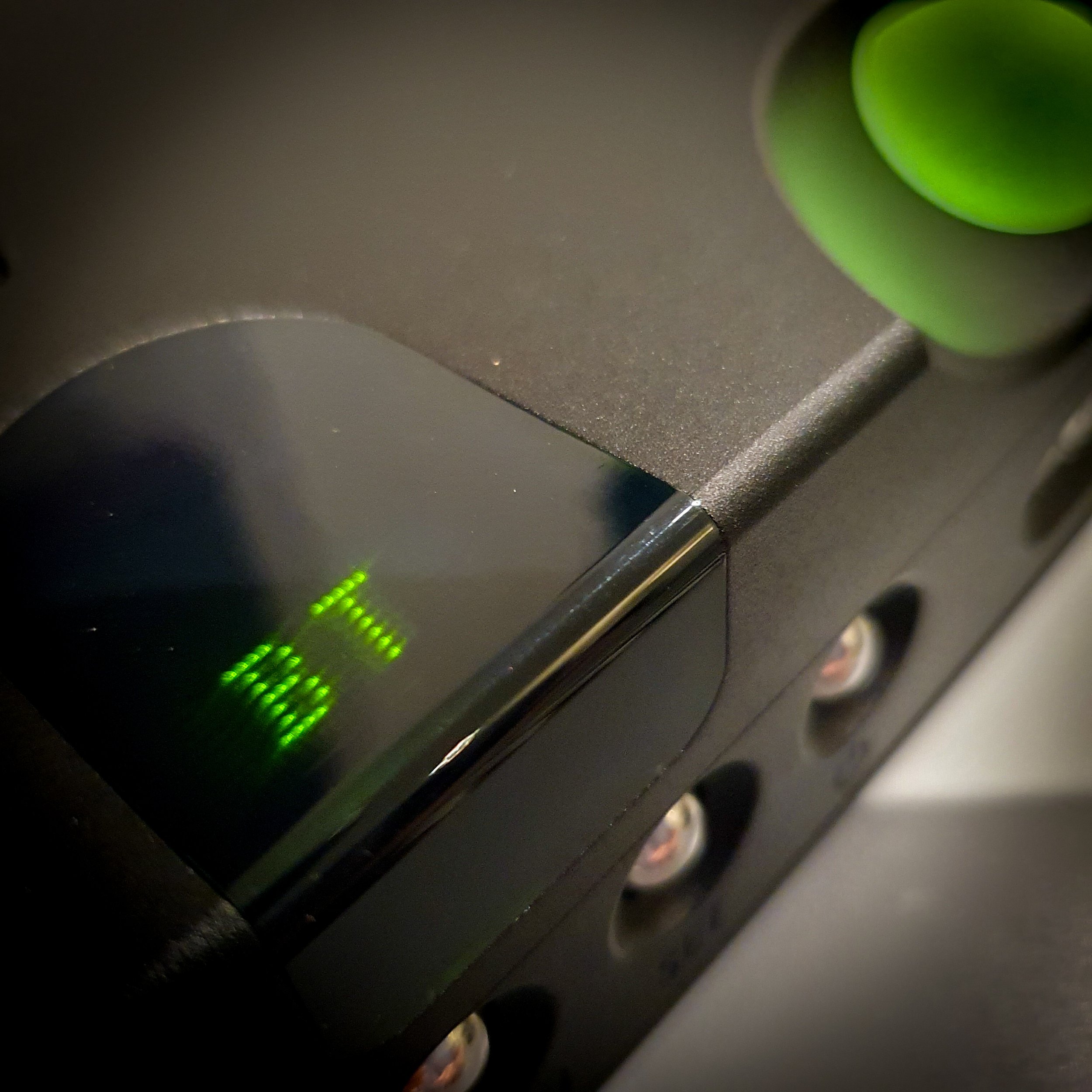Advancing The Sounds Of The Compact Disc With Advance Paris
/Matt from our Cardiff store takes a deep dive into one of our newest and most exciting brands, Advance Paris and of their components particularly the X-D500 CD transport. So let’s test drive this phenomenal piece of kit and see where we end up…
advance paris xd500 cd transport
I find myself once again on the wonderful wild ride through the world of Hi-Fi. As previously mentioned, for this month’s blog I am focusing on the compact disc side of things. The CD source in question this month is a wonderful CD transport made by the amazing French company, Advance Paris.
Advance Paris first came onto my radar in February of this year at the Bristol Hi-Fi show, where I was invited to visit their room and have a listen to the exciting new range of products they had to offer. It was a great opportunity to get to know the brand and I was (and still am) very impressed not just with their look & build of their product range, but also their sonic performance.
advnace paris embossed logo top panel xd500
Advance Paris History
As you will no doubt have read from blogs from our colleagues in our sibling stores - Advance Paris was born in 1995 by French Hi-Fi enthusiasts, pushing the boundaries of high-fidelity audio and music reproduction at its finest. Bringing audiophile quality equipment such as amplification, CD players and speakers to our ears at reasonable prices.
Moving forward to 2004 Advance Paris developed their first integrated amplifier which laid the foundations for the innovations we see in their range today, such as the beautiful yet functional features including preamp valves and VU meters. These features were later joined by streaming with products such as the WTX Stream Tubes network player and amplifiers like the Playstream A5. These products are just the tip of the iceberg in Advance Paris’s fantastic arsenal, and there is truly something for everyone. Whether you’re just starting out or you’re expanding your sonic horizons Advance has it.
The Tech Bit
The XD 500 has a linear power supply with 2 toroidal transformers for perfect separation of the different power supplies, for the operation of this product such as mechanical management, and processing of the signal from the laser etc.
This CD transport also has an over sampling function (up scaling) from (16bit/44.1kHz) to a signal bit rate of (24bit/96KHZ or 24bit/192kHz).
The XD-500 also benefits from a chassis with significant rigidity thanks to its mechanical design. Each circuit is separated from the others by compartmentalised construction, ensuring effective shielding. Equipped with Coaxial (RCA), Optical (Toslink) and AES / EBU (XLR) digital outputs.
Advance paris xd500 cdtransport rear panel
Let The Listening Commence
advance paris remot control
I have said many times before one of the great things about working for Audio T is the ability to bring the latest and greatest kit home to get to know how each piece of equipment performs. As we say to our customers, there’s nothing quite like listening in the comfort of your own room. As I write this, I am in my music room with the wonderful Advance Paris CD transport plugged into my system, sat on my sofa with a cup of coffee listening to a selection of CDs as the evening rolls on.
Thos of you that have got to know me from my previous blogs or have met me in store will know that vinyl & turntables are my first love. The CD format does come a very close second and I have collected rather a lot of CDs over the years, possibly in the high hundreds in all honesty, I’ve lost count. It is safe to say that the CD player, or in this case the CD transport, is just as important in delivering quality sound as the turntable. You may be thinking why bring the Advance Paris XD 500 home and plug it into a Cyrus amp. My reasoning for this was that the XD 500 sounds phenomenal through Advance Paris’s own amplification using the internal DAC and I feel it is just as important to test the flexibility of a CD transport as many of us out there mix and match brands in our Hi-Fi systems.
How Does It Sound?
First impressions, as with all the Advance Paris equipment I’ve had the pleasure to come across, is that the build quality is superb and the aesthetic styling is clean and modern. With looks that would grace anyone’s home system.
(Although, I must say that it looks especially impressive if you pair it with the A10 integrated amplifier as they really complement each other.)
Aside from looks, let talk about performance...
With my amplifier all warmed-up from the get-go the XD 500 CD transport really adds something a little different to what I am used to.
This CD transport seems to add a certain warmth you’d expect from an analogue source whilst maintaining a sense of digital magic. It works perfectly with instruments such as the iconic Fender Telecaster tone of Bruce Springsteen, especially on Racing in the Streets, where it sounds more alive than ever before. Stephen Perkins’ drums on the Jane’s Addiction track, The Great Escape, seemed to be cleaner whilst retaining the solid groove he plays throughout the track.
I feel that the XD 500 really captures what we want from the music, and more. The fact that it performs as well as it does at this price bracket is a testament to one of Advance Paris’ main goals “…the aim is to deliver uncompromising sound quality at affordable prices”.
Demonstration Tracks
1: Bruce Springsteen - The Promise
Track: Racing in the streets
2: Jane’s Addiction - The Great Escape
Track: Irresistible force met the immovable object
3: Artist: Incubus - Morning view
Track: Just A Phase
Demo albums used
Conclusion
In short, Advance Paris really has set out to impress with their innovative designs, whilst tipping the proverbial hat to vintage technology such as valves and VU meters. But above all else, the sonic performance of the entire range conducts itself well above its price point.
So why not give us a call and book yourself in for a demonstration and tell us what you think.
Thank you for taking the time to read our blog!
Matt - Audio T Cardiff
If you have any questions about any of the equipment featured in this article, or any other Hi-Fi or home cinema enquiries, be sure to Contact Us.
If you’ve enjoyed this, why not go ahead and read some more of our other blogs, and be sure to follow us on our social media channels below…
Advance Paris can be found at the following Audio T stores









